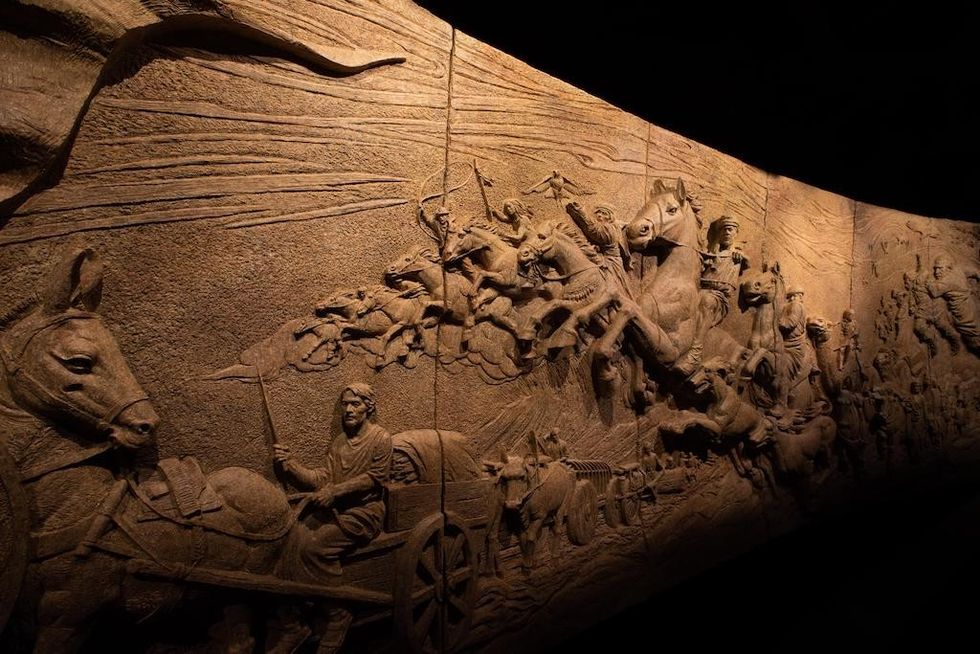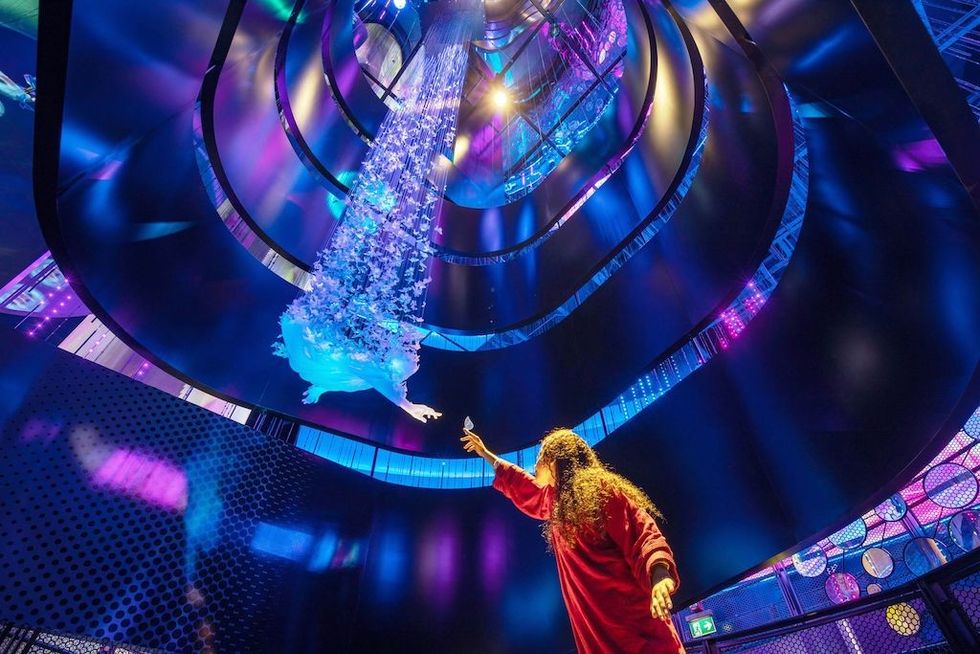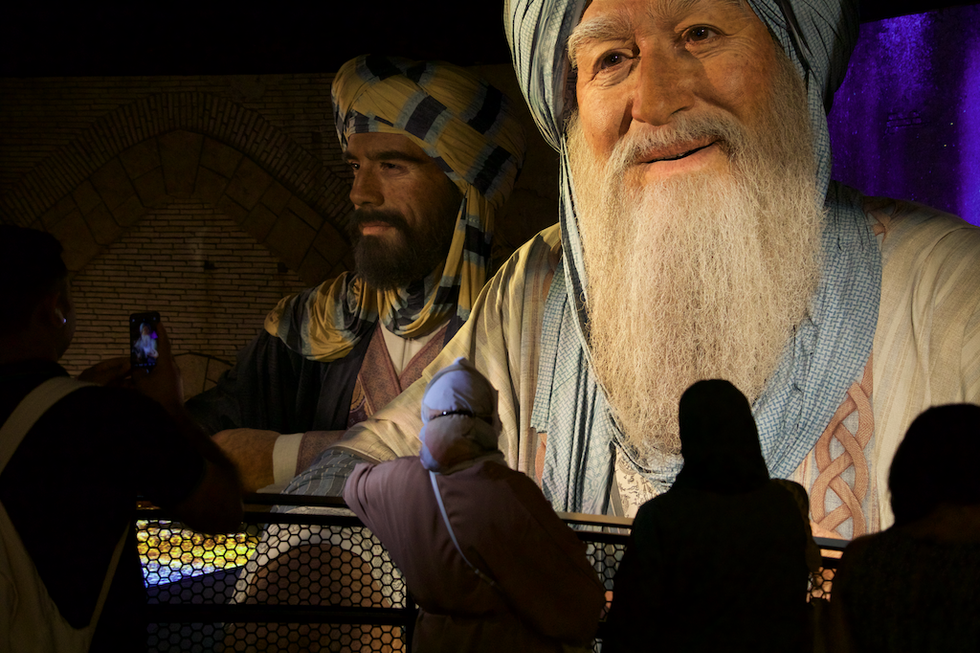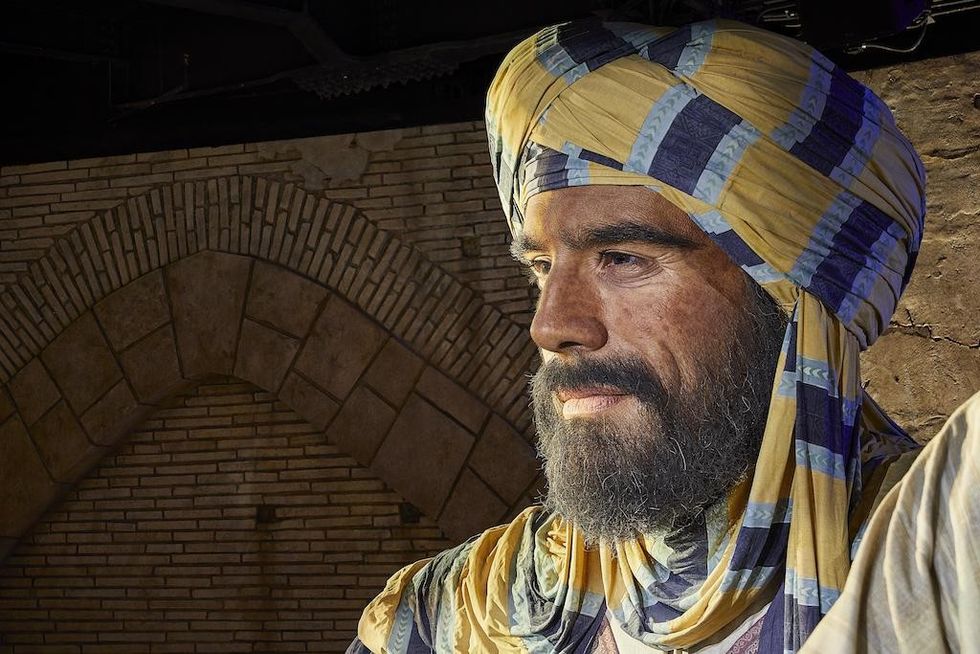OASIS immersion, a unique immersive adventure born during the pandemic in Montréal, is the largest permanent immersive destination in Canada. Located at Palais des Congrès de Montreal, it has just launched its fourth exhibit, transformé to universal acclaim.
The OASIS immersion group is an entertainment organisation specialising in the creation, exhibit and distribution of immersive experiences. OASIS immersion, located in a 2,200-metre-square high-performance multimedia environment, offers a walk-through museum-type experience including three immersive galleries, two light experiences and a lounge area with a café-bar and boutique.
Its programming features leading talent in the immersive arts and presents contemporary themes from an inspiring and optimistic perspective.
Its VAN GOGH – Distorsion exhibition, a colour-packed immersive journey, is as appreciated by art devotees as well as those discovering the artist’s paintings, vision and works for the first time.
Meanwhile, RECHARGER/Unwind is an 80-minute sensory walk through immersive generative art. This is an opportunity to discover digital artists who are elevating the language of the immersive experience. It redefines the cultural experience, offering a hypnotic digital alternative.
The new exhibit, transformé, offers eight luminous international works. These are stories rooted in real life and informed by the power of courage and empathy. The transformé stories are works that were originally designed for virtual reality headsets, then reimagined, OASIS-style, into a collective public experience.
A background in content marketing
Blooloop speaks to Denys Lavigne, cofounder and creative director of this OASIS immersion, which has become a highlight of Montreal's cultural scene in a short period of time.
Lavigne founded a content marketing agency, Arsenal Media, in the late nineties.
“I came from publishing, and worked in television,” he explains. “I thought that content marketing was an interesting new angle on the way to approach creating a connection between brands and audiences where there was something more of value in the relationship, versus pure advertising. The agency started on that principle, creating stronger connections with brands through different types of content.”
The rise of multimedia experiences
Initially, they were doing a lot of custom publishing:
“There was a trend at the time for branded magazines, so we did a lot of that. But very quickly, that angle on the content marketing side transitioned into digital signage, then multimedia installations, and then entertainment.”
Within five years, the company had transitioned fully from custom publishing to creating multimedia installations, he adds:
“We did installations for brands, for professional sports teams. We did lobby installations for the public international headquarters of companies, and we did immersive installations for museums.”
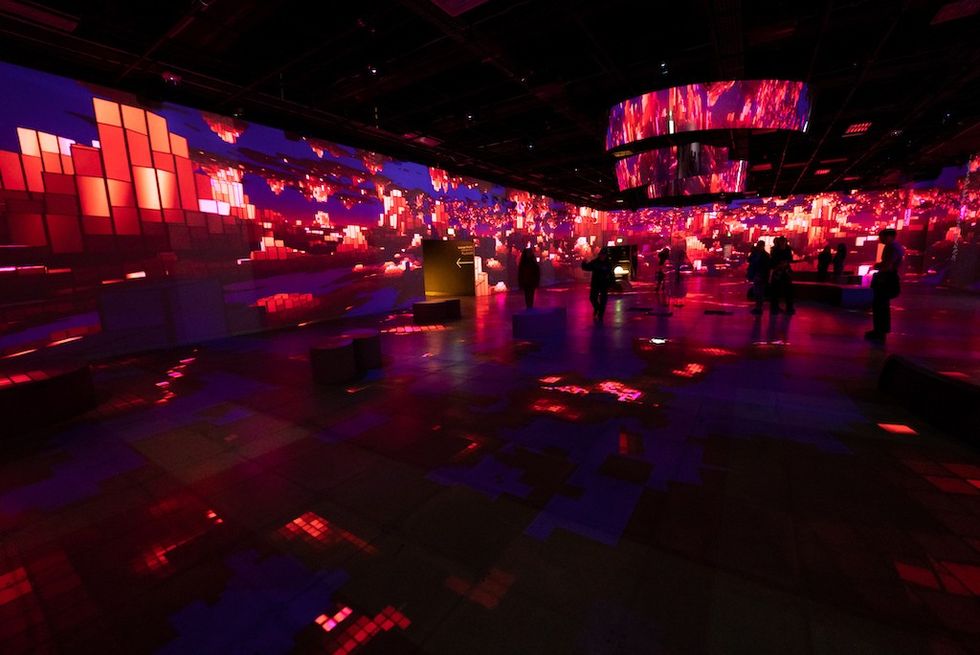
Eventually, the agency was acquired by Christie, the global visual and audio technology company.
“I worked at Christie for four years, managing their experiential division," says Lavigne. "We were doing different types of projects throughout the world that involved, again, using AV installations, mostly to create stronger connections with audiences. Sometimes, the project would involve creating installations that had an operational angle.”
OASIS immersion and the trend for immersive experiences
OASIS immersion evolved as a progression of this new direction.
“I had noticed how the industry had evolved from the AV installation being a nice add-on to a space, a ‘Wow’ element, to something much more strategic. The experiential media installation became something that attracted people to a location. It created more traffic, kept people longer in a space, and created stronger connections with the audiences. There were a few angles that were quite strategic.
"That then moved into another phase, where the AV installation itself was the destination.”
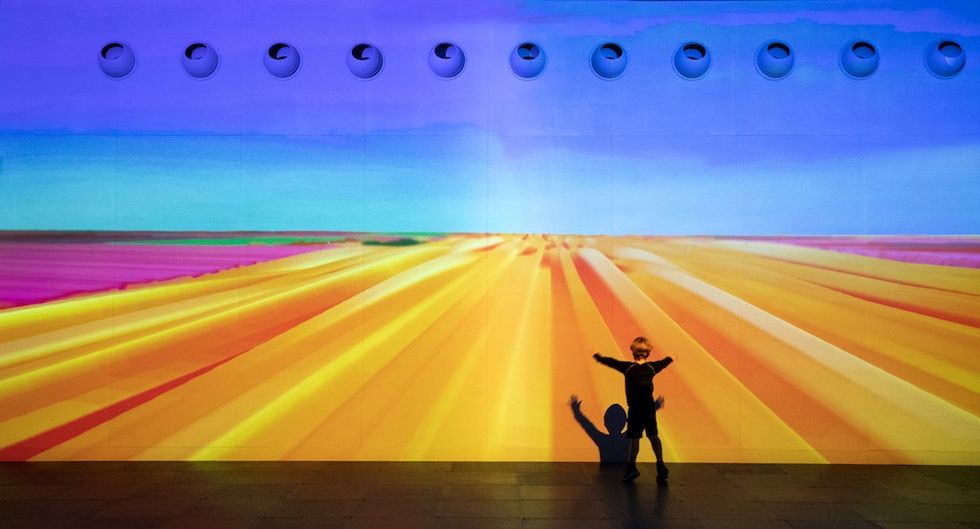
This phase, he says, saw the emergence of interesting immersive projects all over the world. For example, Tokyo’s teamLab, and Atelier des Lumières in Paris:
“I was a part of that evolution of the AV industry, and I thought it was an interesting place to be,” he comments. “From an OASIS immersion perspective, for most of my career, I was in B2B modes, doing projects for clients. I was at that point where I needed that closer connection with the audience. Circumstances, as so often happens in life, led me to develop this project.”
Opening during a pandemic
OASIS immersion has been open for just over two years. He comments:
“We were initially due to launch in the late spring of 2020. Then Covid happened, so we were a bit delayed. We celebrated our second anniversary on 25 February 2023. It has been a great adventure.”
Launching an entertainment company in the immediate wake of the pandemic was, he says, challenging. However:
“I think that the nature of the experience helped. The fact that it is ambulatory was an advantage in the context of Covid. The other angle that really helped us is that when we launched the project, the positioning that we wanted to occupy was in the immersive media space."
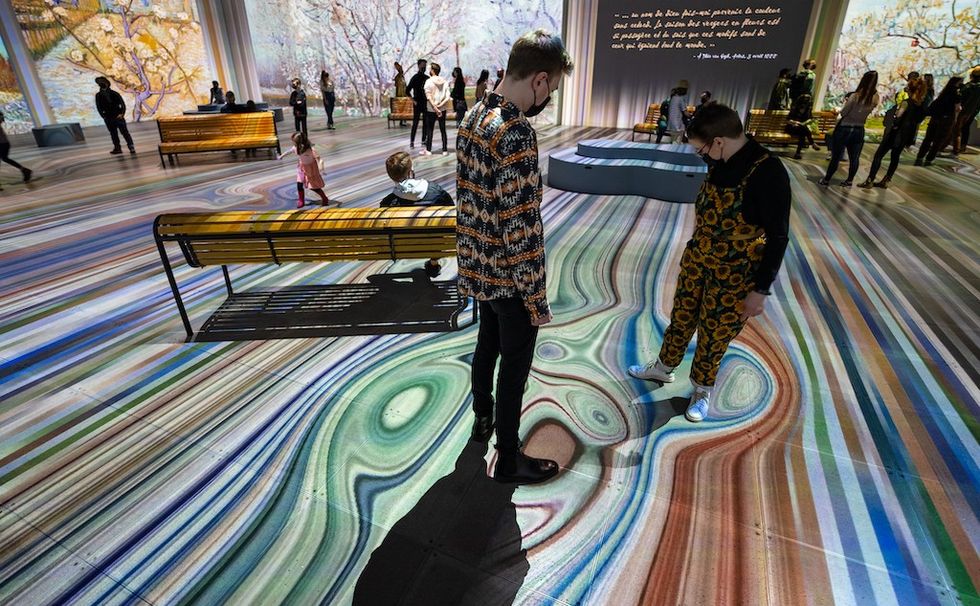
"Immersive experiences, when done so well that the visitor is immersed visually and from an audio perspective, can be very powerful. We wanted to use our strengths to positively impact people that came to our space. We wanted this space to be an uplifting moment, and we wanted that space to offer a positive perspective, and to do so through a selection of themes that we felt encapsulated the zeitgeist. That connection with the times is part of our brand DNA, and we’ve been building on that.”
New exhibit at OASIS immersion
Two months ago, OASIS immersion launched its fourth exhibit, transformé.
Lavigne comments:
“Transformé is a really interesting one. It is our most narrative exhibit. It is a statement about the power of courage and empathy. Those are two themes that we felt were very current, in terms of things that are on people's minds, especially post-pandemic.”
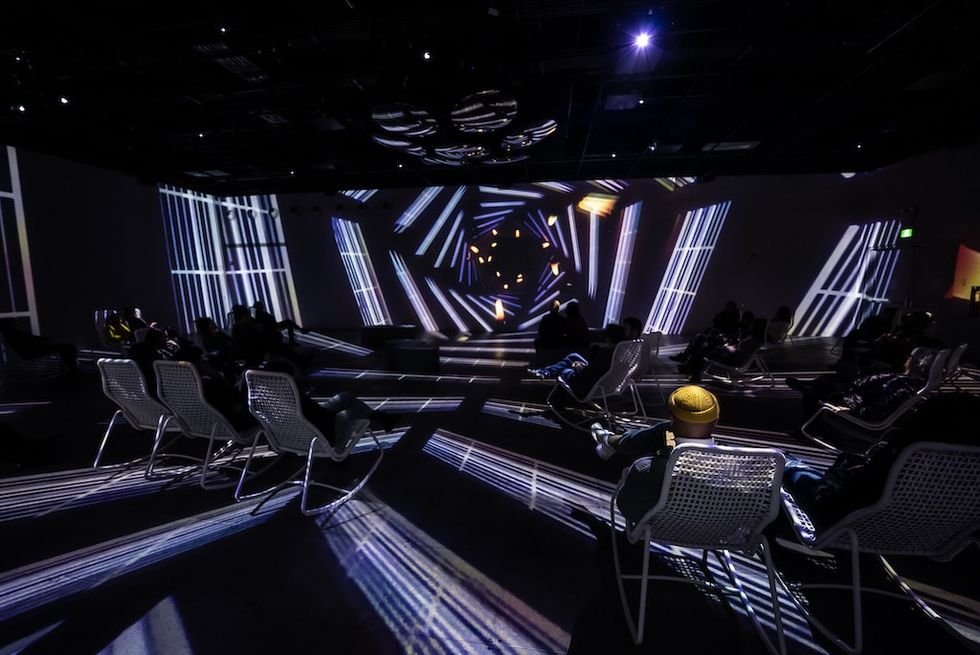
The installation centres around eight true stories:
“It is probably our deepest exhibit, in the sense that we address topics that aren't on the surface, and that aren’t easy,” he adds. “They are, however, real and universal experiences, such as when we grieve the death of someone close to us. What is that process, and how do we feel in these situations?
"These types of topics are not necessarily well-covered in our industry. We thought there was an opportunity for us to go a bit deeper into that. What made the difference in the way that we built the exhibit is that each of these topics, although on the surface they might look heavy, is very enlightening. Every story gives you, at the end, that uplifting perspective.”
Content created for VR experiences
The other factor that differentiates it is the fact it is the first full exhibit that has been developed using content initially created for VR experiences. He explains:
“We curated our stories around a theme of the transformative power of courage and empathy. We curated eight VR experiences, working closely with the artist on the theme of transformation. There are a lot of different layers to that in the exhibit.”
One of those layers concerns the transformation of a VR experience to a more social immersive one:
“That in itself is really interesting, in terms of the convergence of experience and how you connect to a story using a VR headset versus being in a space with other people. That moment as a shared experience connecting to others is a very different dynamic. Even in the way that you tell the story, there are nuances. The way that you structure the storytelling is a bit different because you are not just in your headset; you are physically in a space, surrounded by visuals and audio.”
OASIS immersion's mission
Taking a step back, he outlines the company’s structure:
“OASIS is an entertainment group specialising in the development, distribution and showcasing of immersive experiences. Within the group, we have a segment that is focused on the management of sites, everything that has to do with customer service and site operation, the marketing of exhibits, technical support and the technical team. Then we also have a unit that creates the exhibits, through co-productions or original productions."
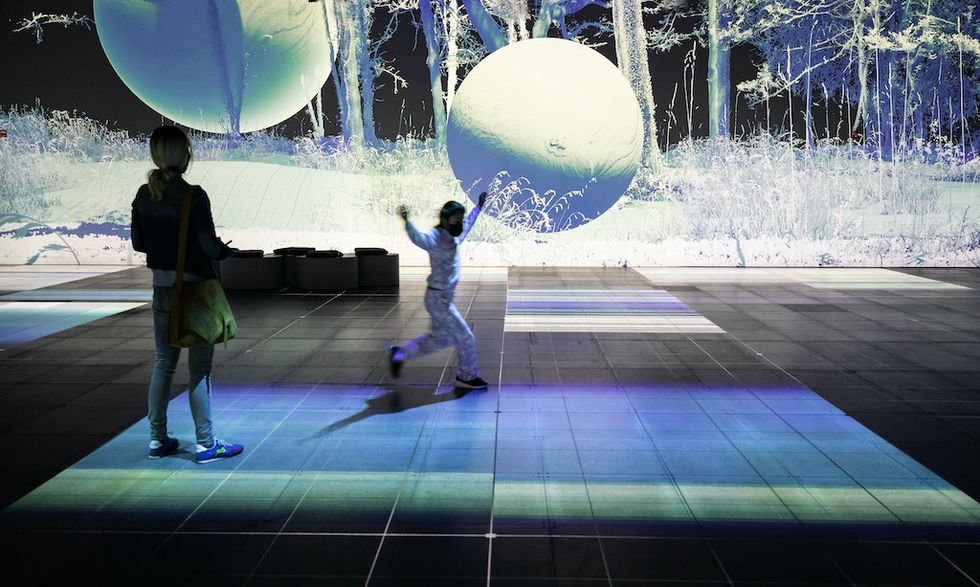
"The group that we have put together is one I would define as a SWAT team. They are people who are experienced in the industry, and with the mission that we have given ourselves, in the way that we approach content creation and experiences and the type of connection that we want to create with the audience.”
These technical and creative teams at OASIS immersion work closely with the artists to develop a new approach for their content:
“It is almost like creating a new content element, a new experience. It’s not just a question of transporting content to another platform; it's adapting that content, being aware of the way that people will connect with that story, and ensuring that we structure a narrative in an optimal way for that medium.”
Storytelling is key
This, he says, has been a great experience in itself:
“It was great in terms of collaboration, in terms of solving a lot of challenges from a technical, creative and storytelling perspective. Part of that motivation was an interest on our end in the convergence of different types of experience today.”
The result, he says, is unusual:
“It is almost a homage to the VR industry which, unfortunately, for different reasons, I feel has not contrived fully to find its public. There has been some fantastic content produced over the past three years: really innovative, powerful storytelling, and that's why we created that connection. We had been wanting to work on the theme of courage and empathy for a while."
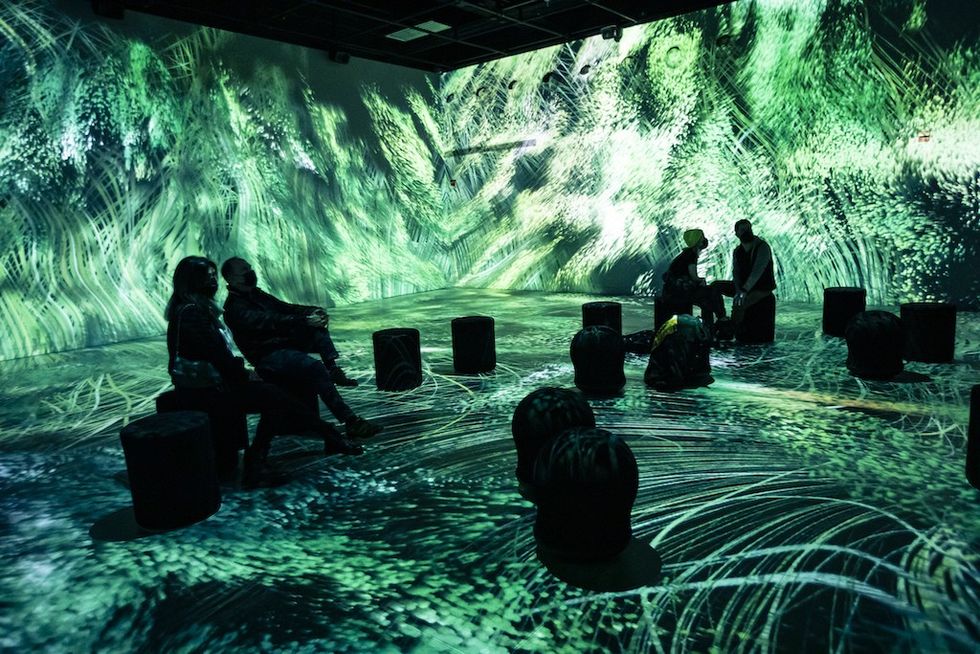
"In VR, there are a lot of stories that put you in the shoes of somebody else, so you experience what they're going through, what's happening, and how they feel things. It was the perfect fit with what we wanted to achieve with this exhibit.
"It is a homage to all of these storytellers who are pushing the boundaries in the way that we tell a story, the way that we connect with people, and the way that we share ideas.”
Working with artists to create content for OASIS immersion
Working with the artists has been interesting, he adds:
“It was inspiring to us to work with the artists, and maybe help them connect with a wider audience."
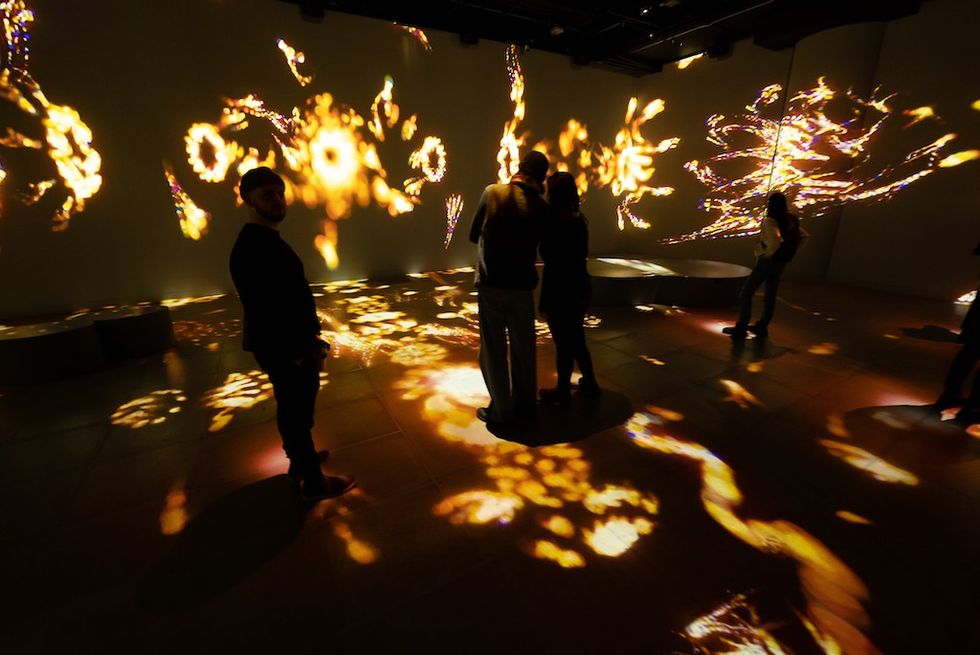
"There are different types of immersive destinations on the market. Ours is a larger public type of space. It's not a niche destination for a specialized audience. It's for everyone, and that comes with an obligation to ensure we approach the storytelling in a way that will connect with people. That, in a nutshell, is transformé.
“The OASIS concept is a kind of journey through the galleries. Our business is really audio-visual immersion, but we enrich the experience with scenography; with different physical elements that create a connection with this space.”
A positive reaction
The feedback from those visiting the latest exhibit at OASIS immersion has been positive:
“We're really proud of having gone there. All the stories are powerful and visually rich. I think you feel the perspective of VR in the depth, and in the uniqueness of the visual textures. The sound is great, too. Sound is such an important element in these experiences, and we put a lot of emphasis on that. The way that we create audio tracks can be a powerful emotional uplifter, taking a story to a completely new level.”
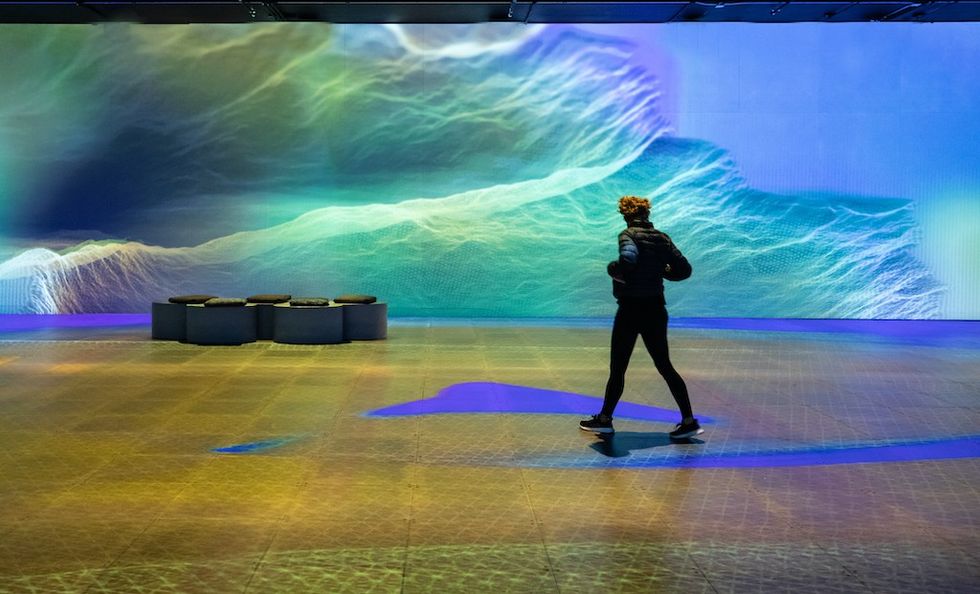
The immersive industry, he points out, is still relatively young:
“The rules have not been written, and that is part of the inspiring aspect for us; we want to contribute to building these rules. We want to contribute to building best practices, because that is our focus: creating quality experiences, ensuring that our visitors appreciate every moment they are with us, and, from a consumer perspective, feel that they get value for the price of the ticket.
"All these elements are important, and the fact that we are building a new industry and forming these new audio and visual languages, these new rules, is inspiring.”
OASIS immersion and the future of immersive experiences
Looking towards the future of this industry, he adds:
“I think the next 10 years are going to be about how we use all of these really fun ingredients elements that we have access to in a meaningful way. It can’t be just a showcase of funky new technologies for the fun of it. In my mind, there has to be a purpose; there has to be something meaningful."
"We have augmented reality, we have all these interesting immersive tools that are available to us.
"The next decade will be about how we learn to manipulate these ingredients in a meaningful way for the audience. AI is going to provide new ways of approaching the creative and production process. But, fundamentally, it's going to be about how we use these ingredients that is going to be important.”
Charlotte Coates is blooloop's editor. She is from Brighton, UK and previously worked as a librarian. She has a strong interest in arts, culture and information and graduated from the University of Sussex with a degree in English Literature. Charlotte can usually be found either with her head in a book or planning her next travel adventure.


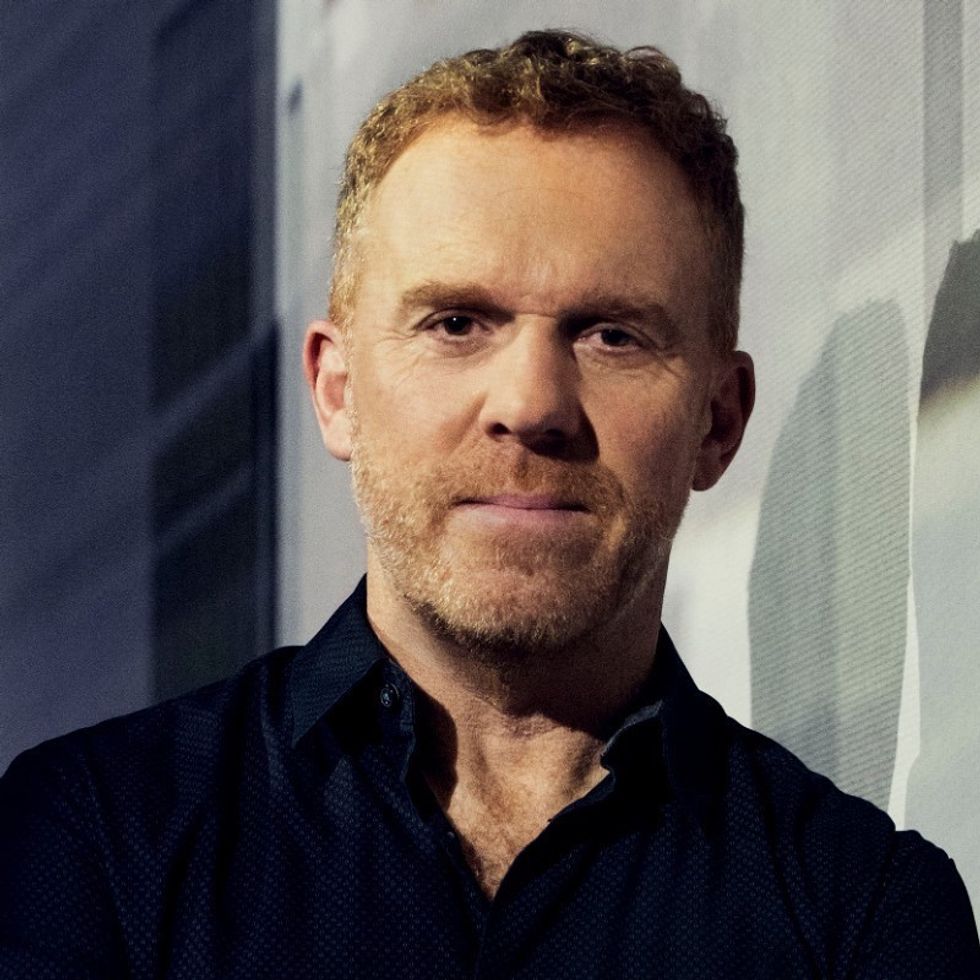
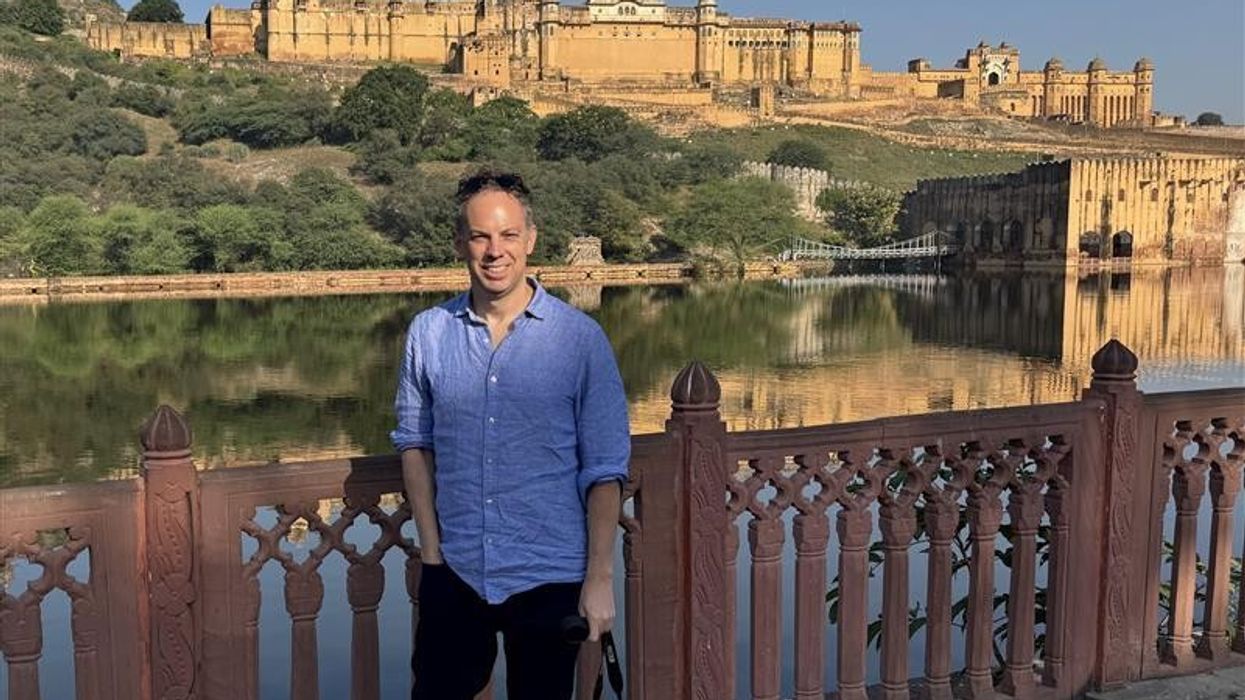
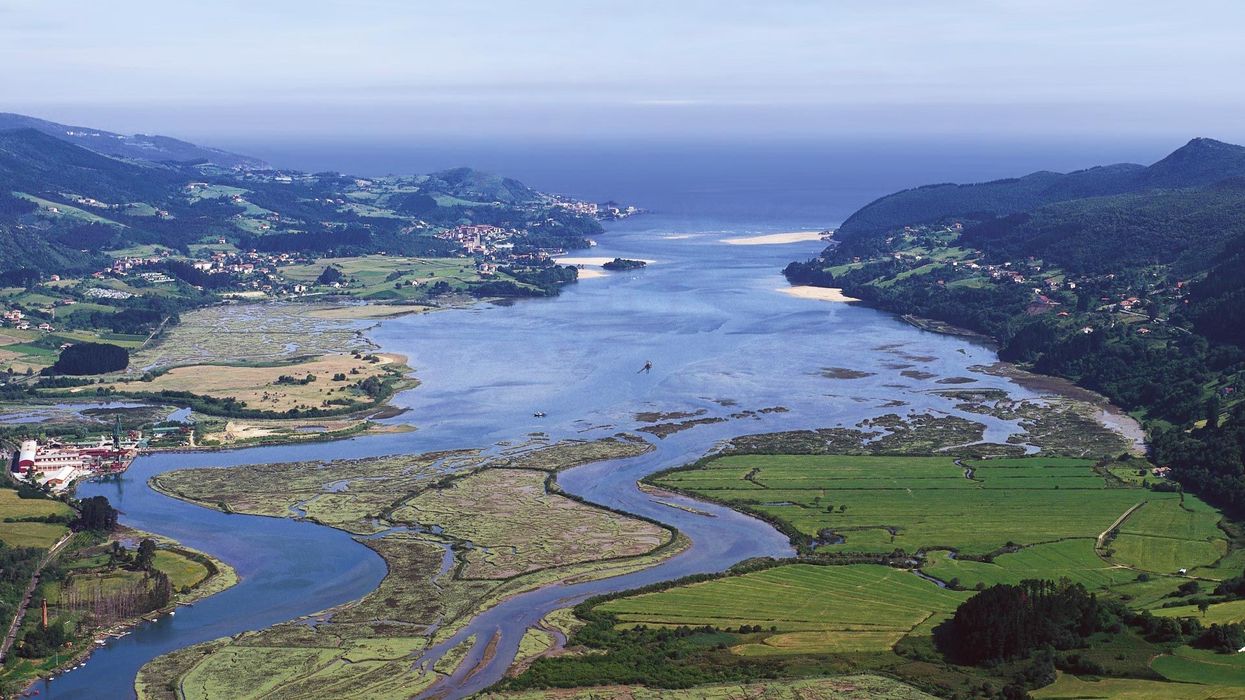
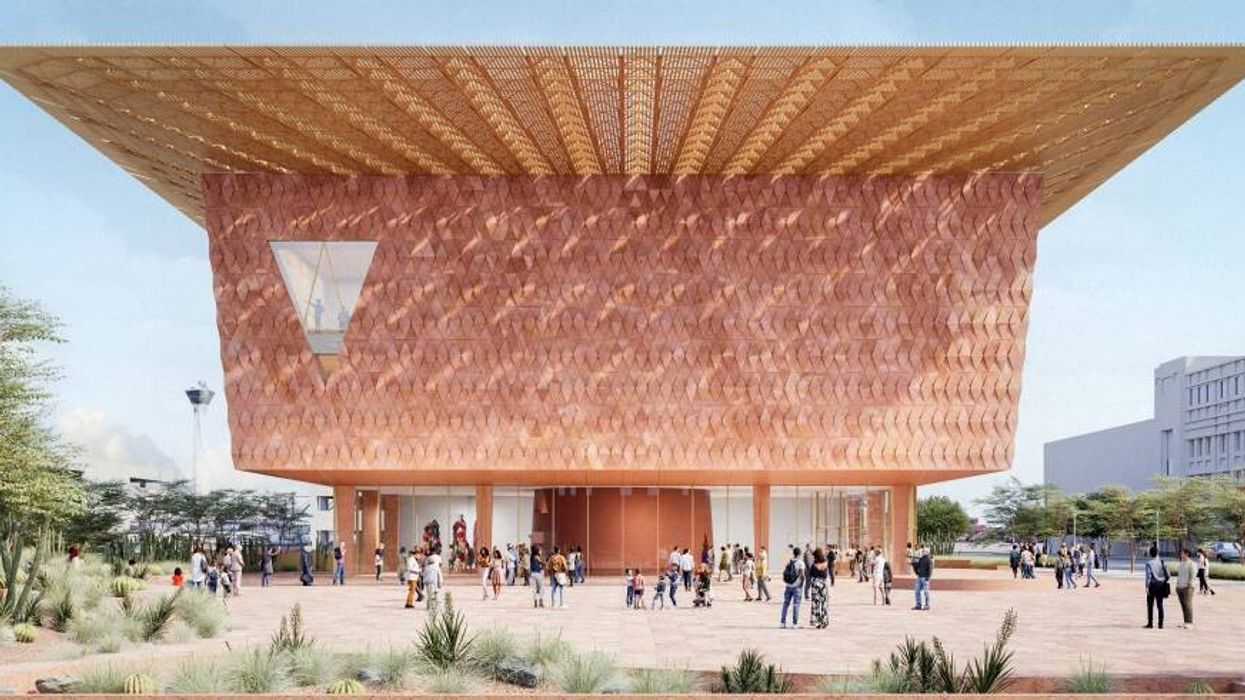
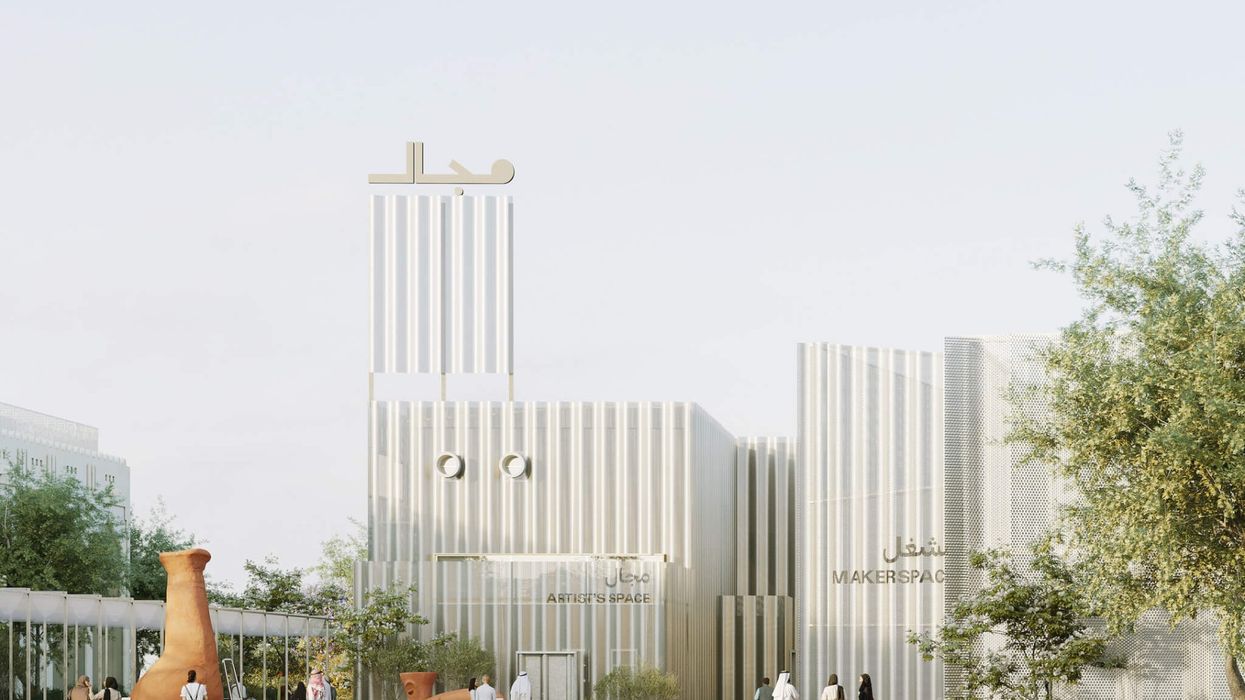
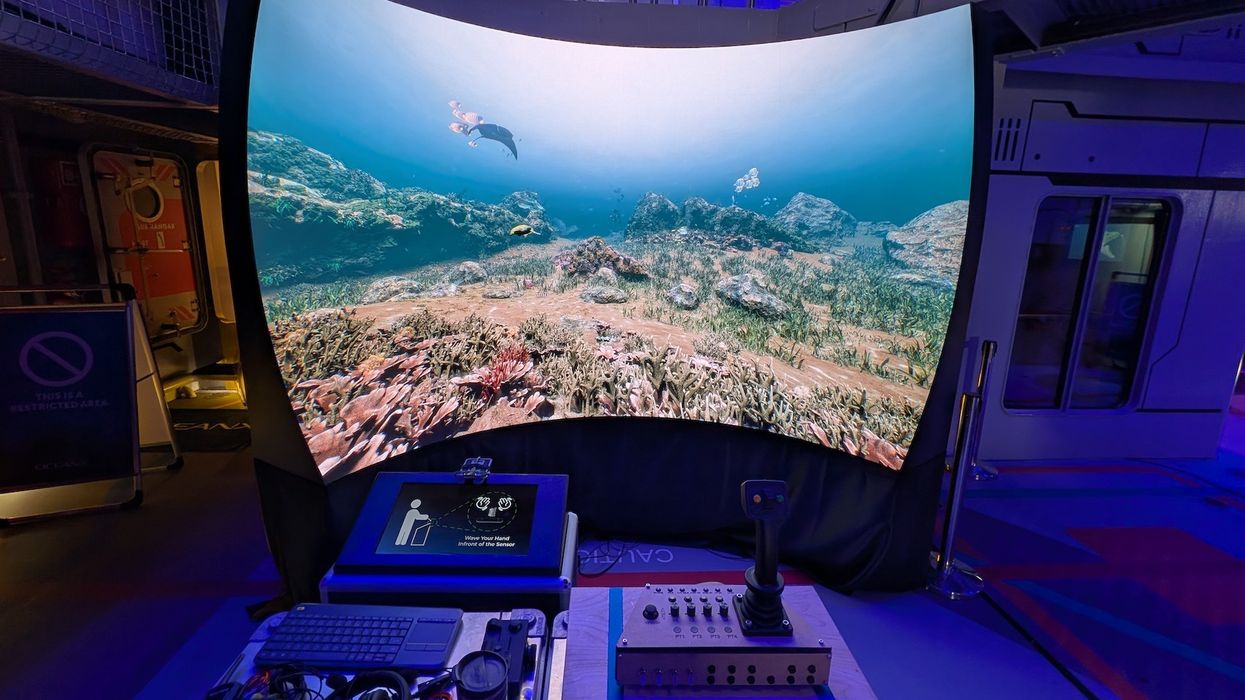
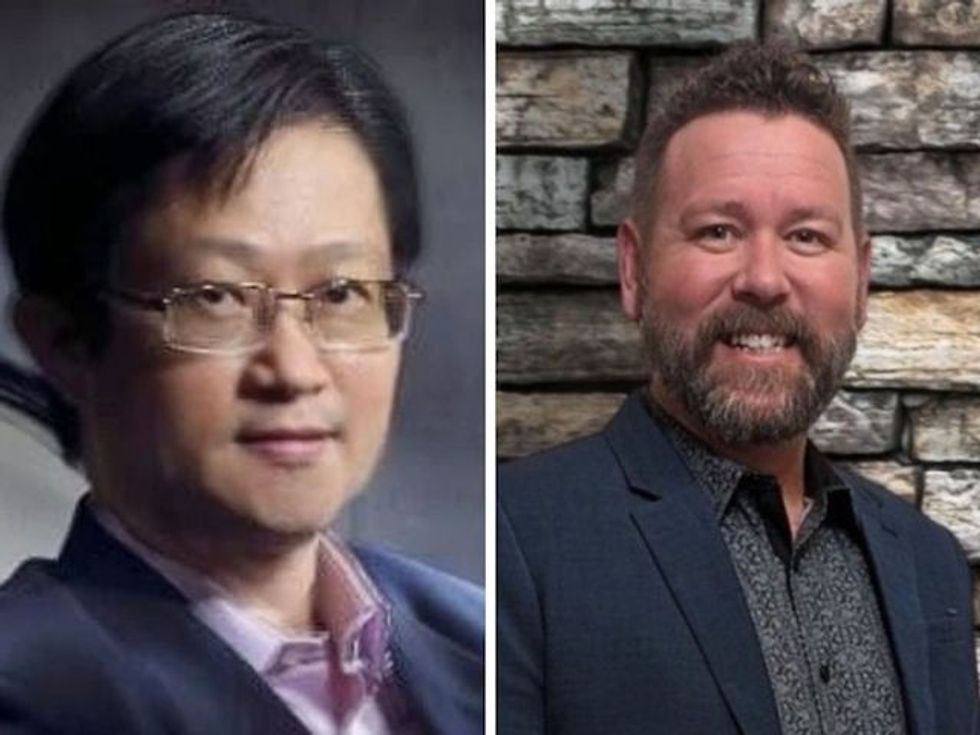 TM Lim and Adam Wales
TM Lim and Adam Wales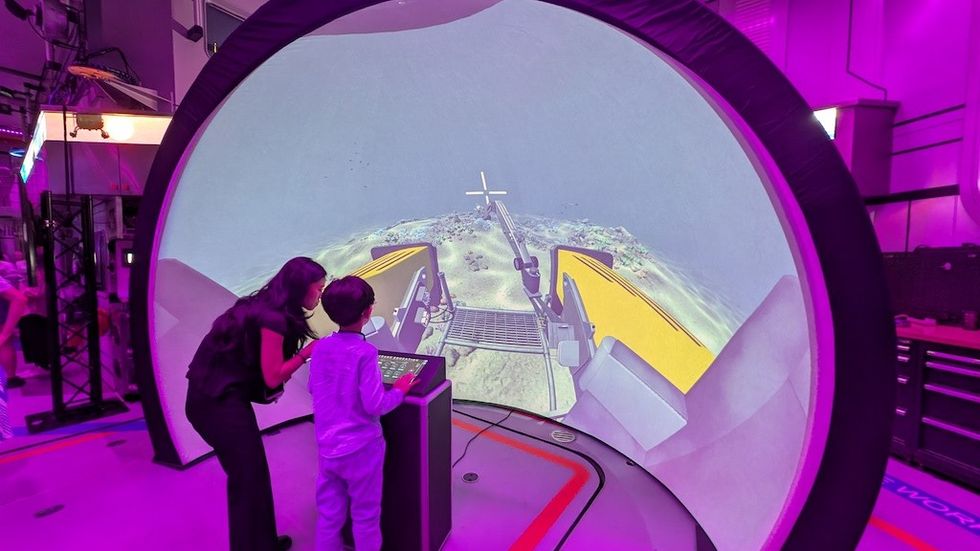
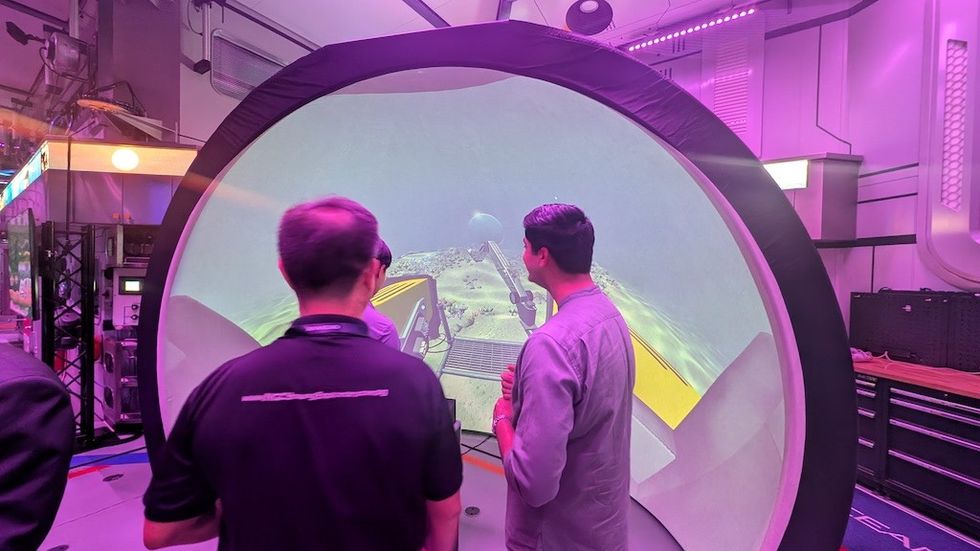
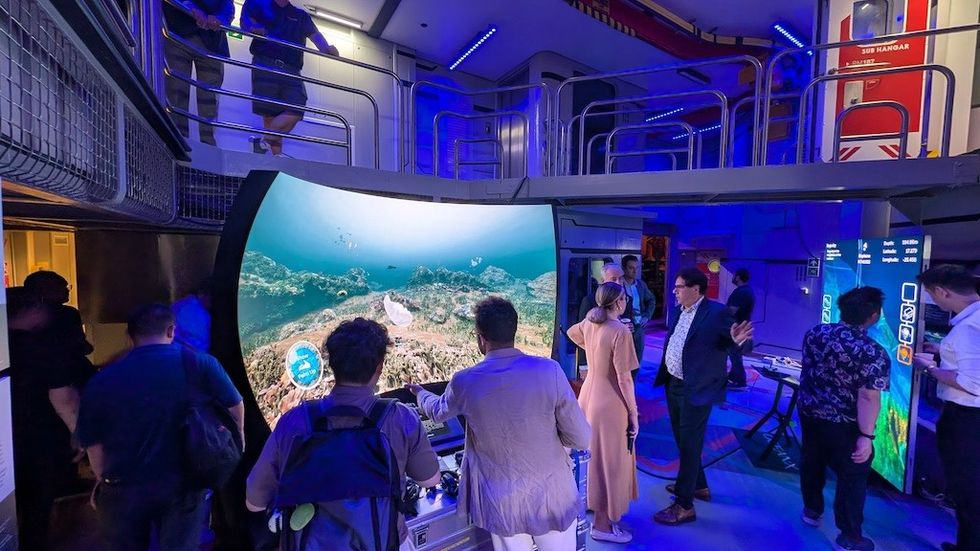

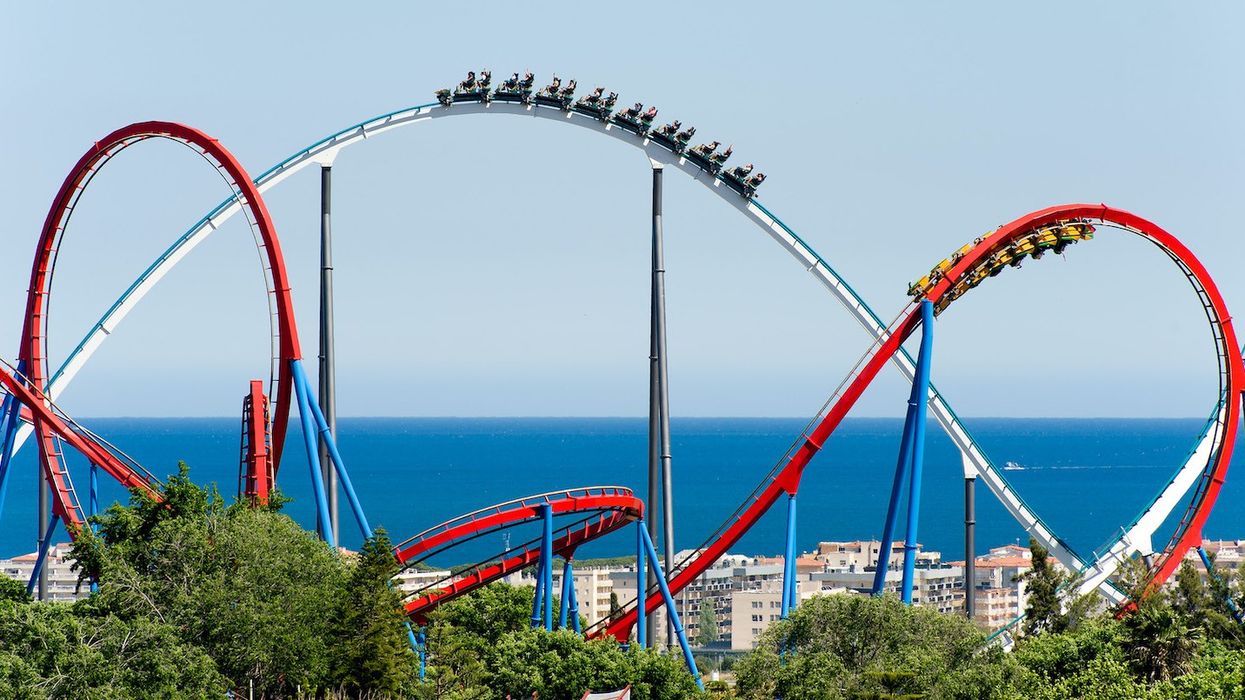

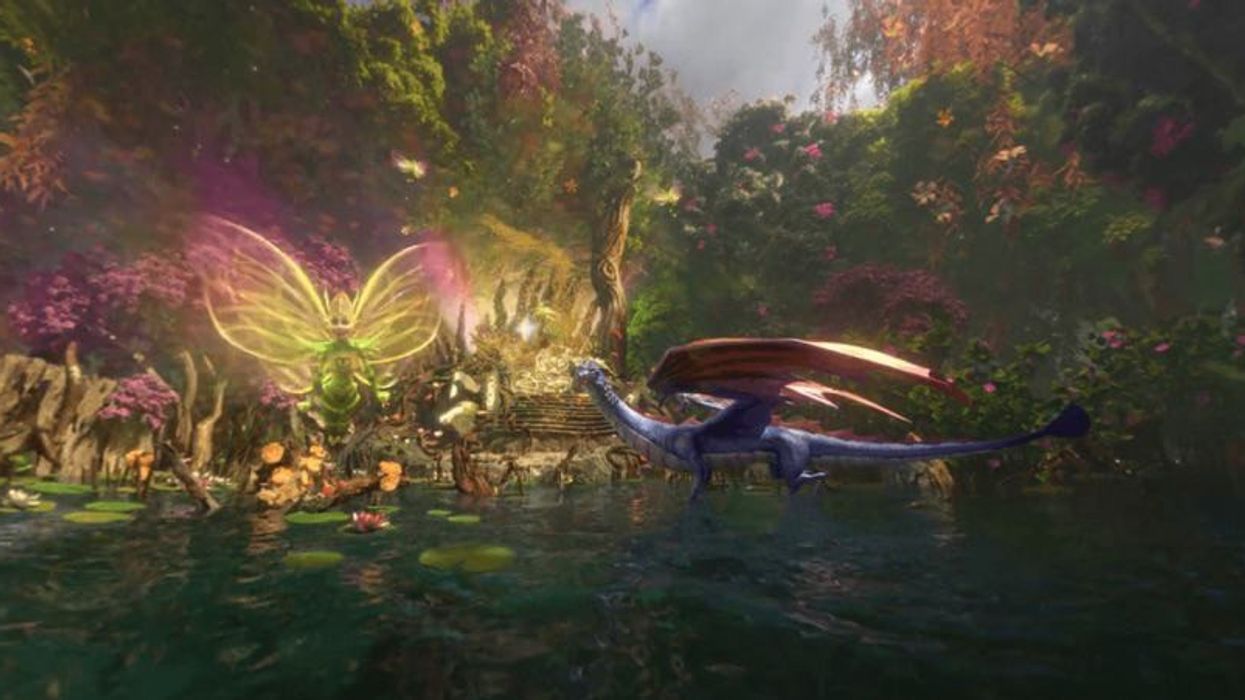
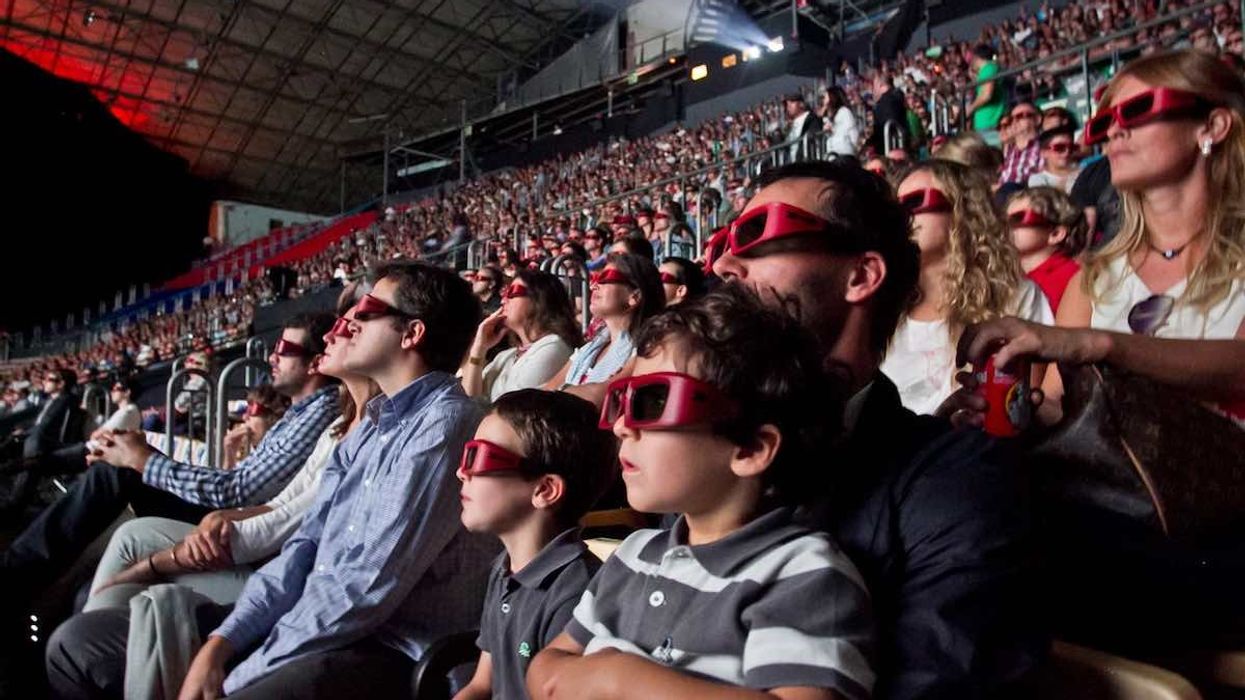
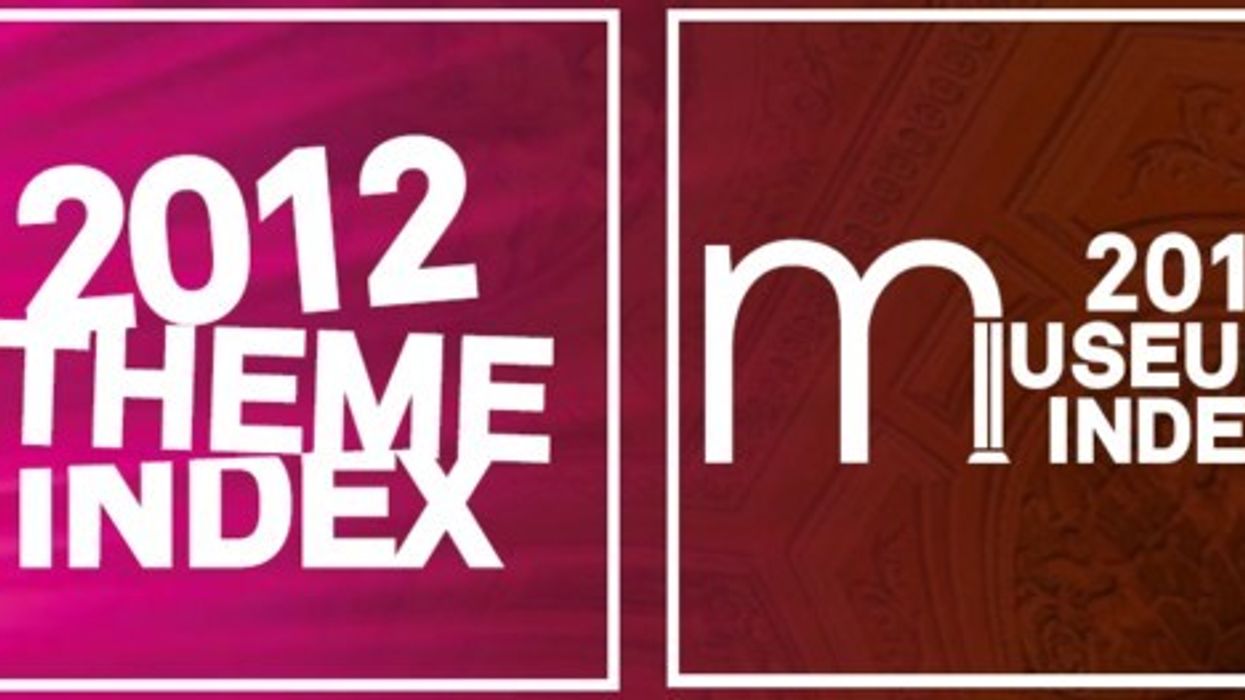
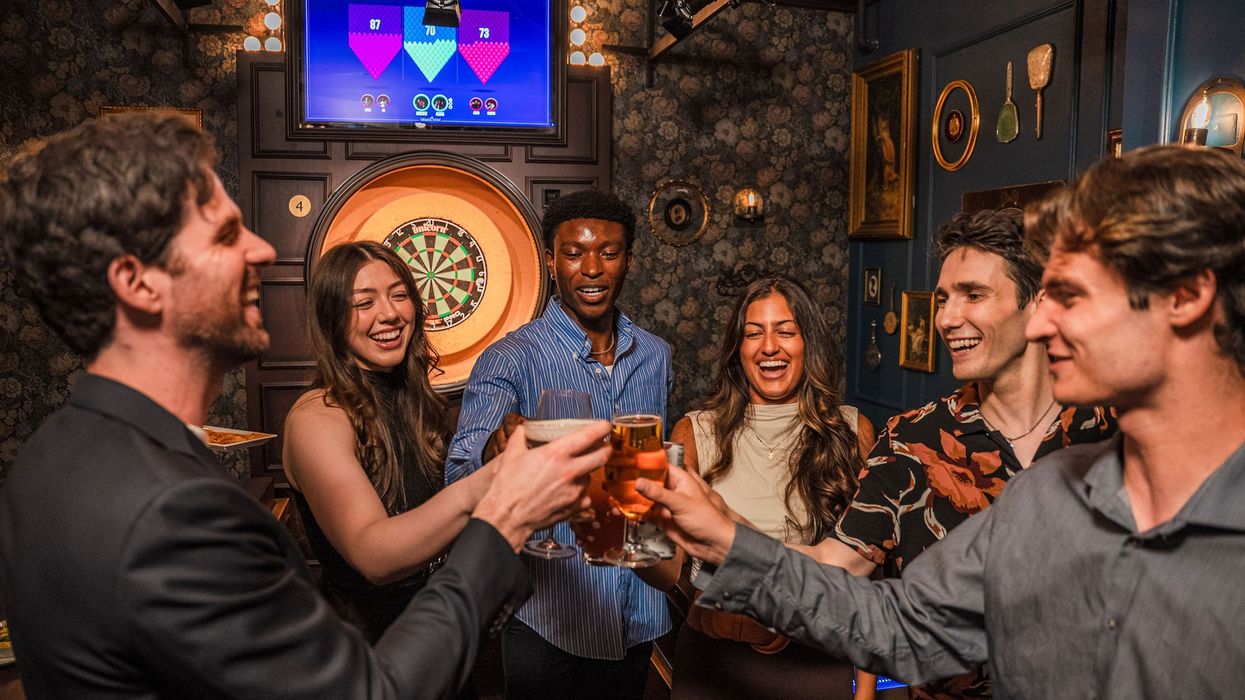
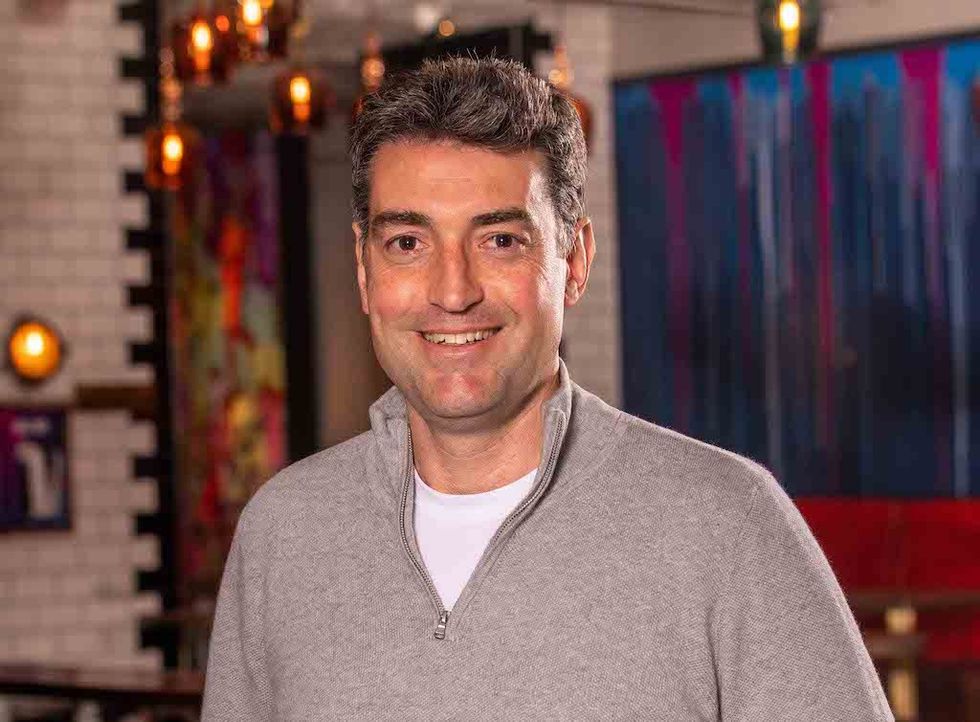 Toby Harris
Toby Harris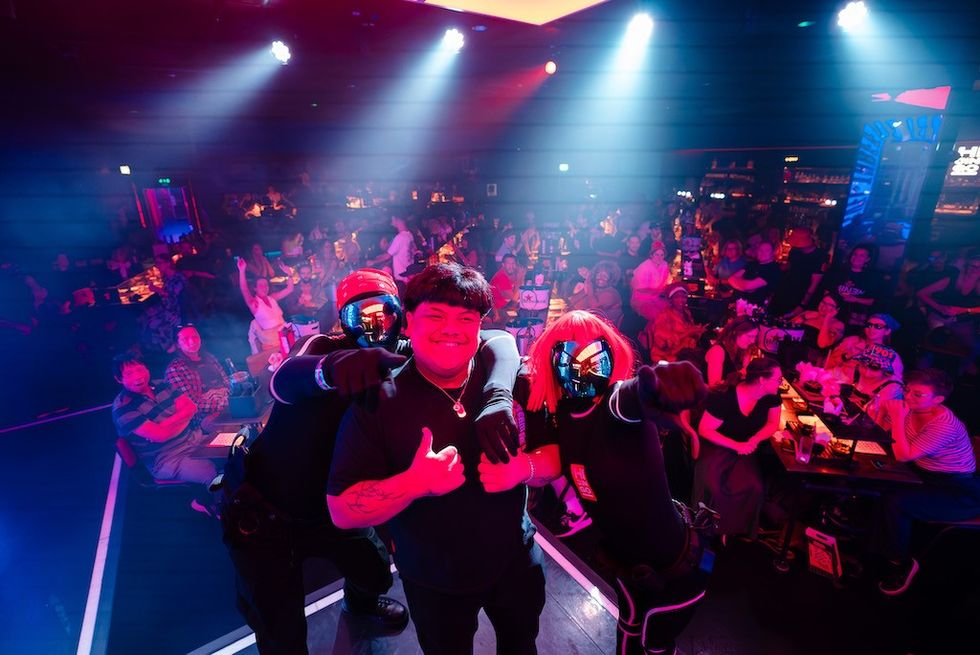 Hijingo
Hijingo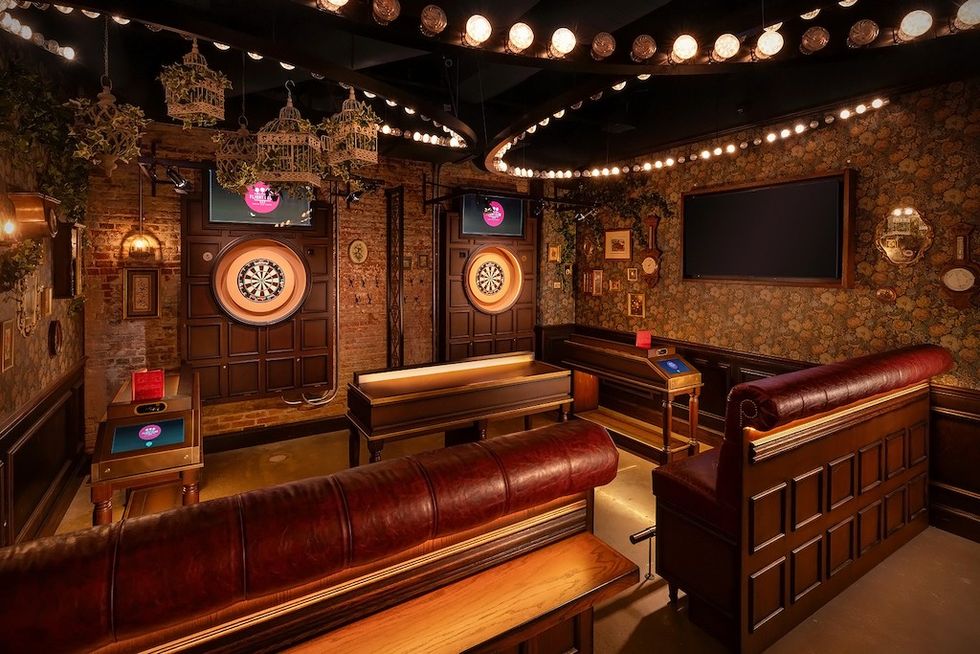 Flight Club, Washington D.C.
Flight Club, Washington D.C.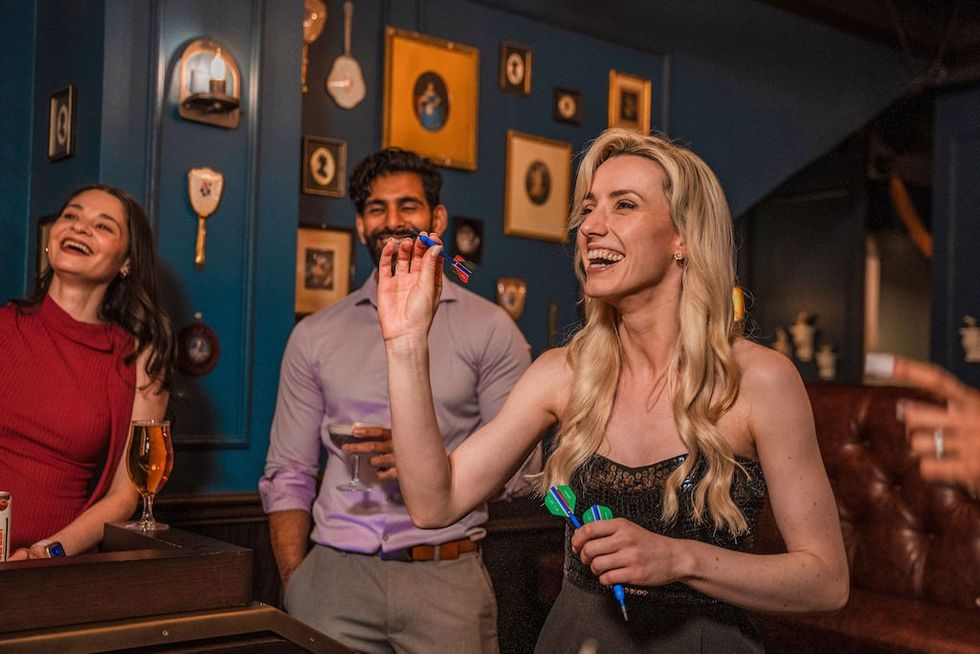
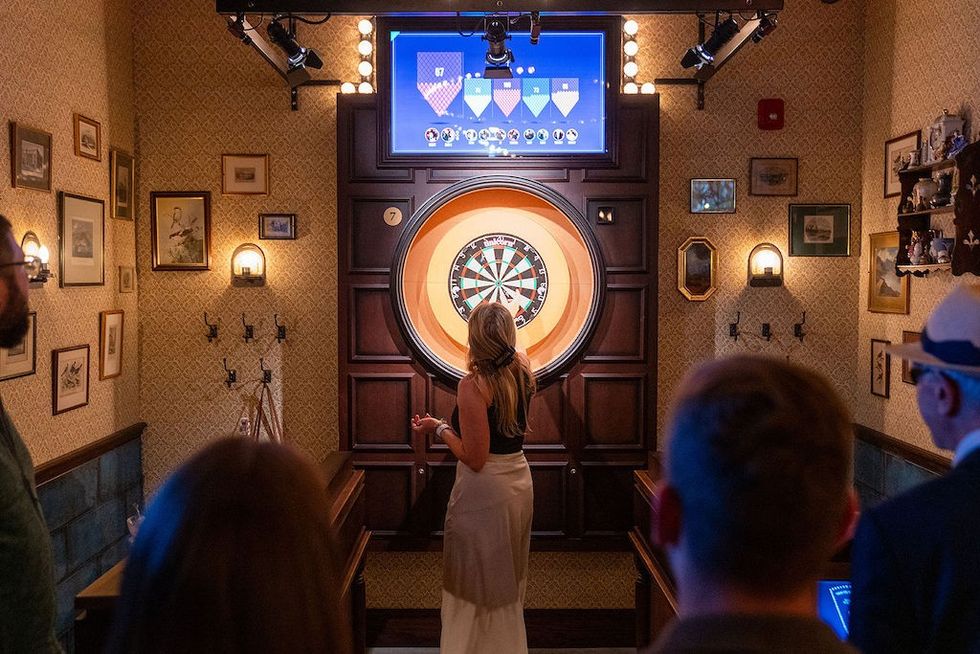 Flight Club Philadelphia
Flight Club Philadelphia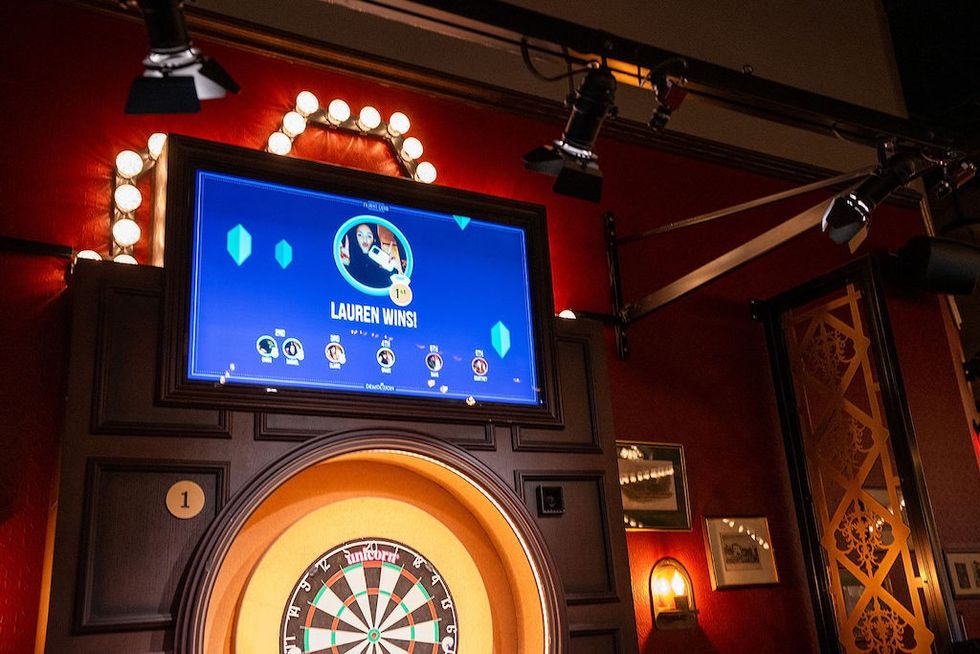 Flight Club Philadelphia
Flight Club Philadelphia Bounce
Bounce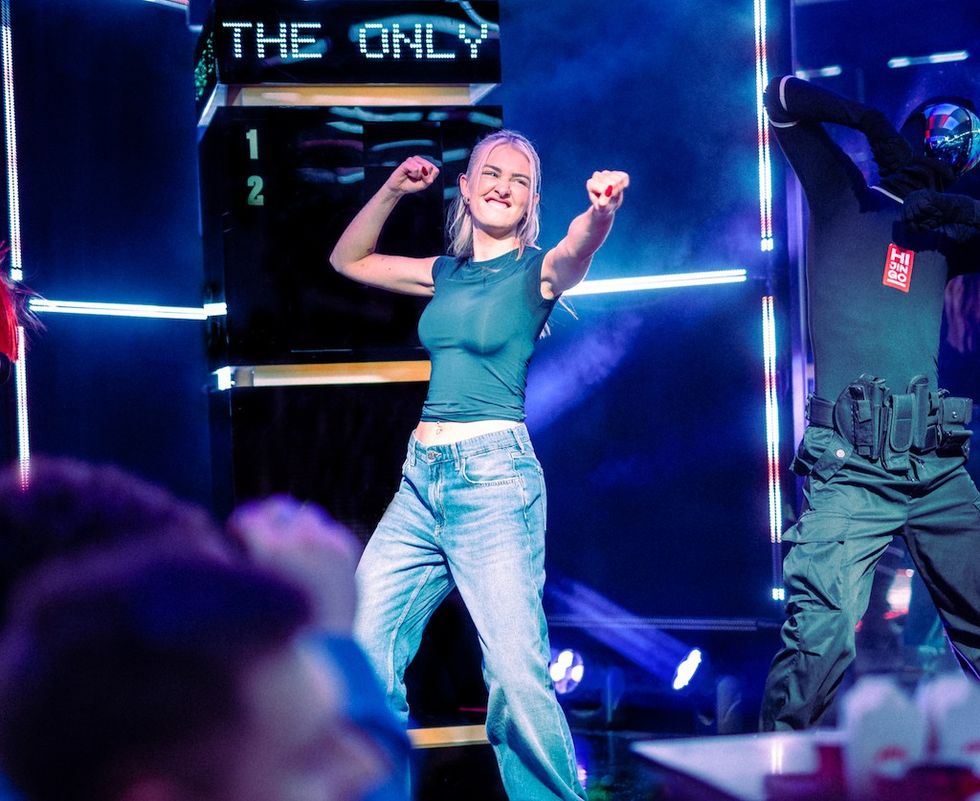 Hijingo
Hijingo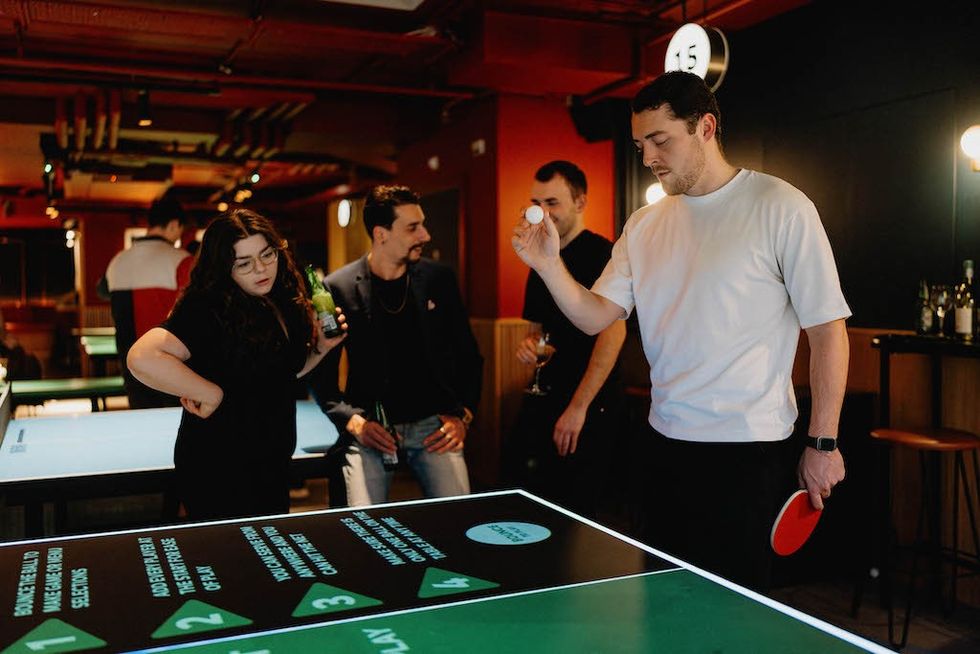 Bounce
Bounce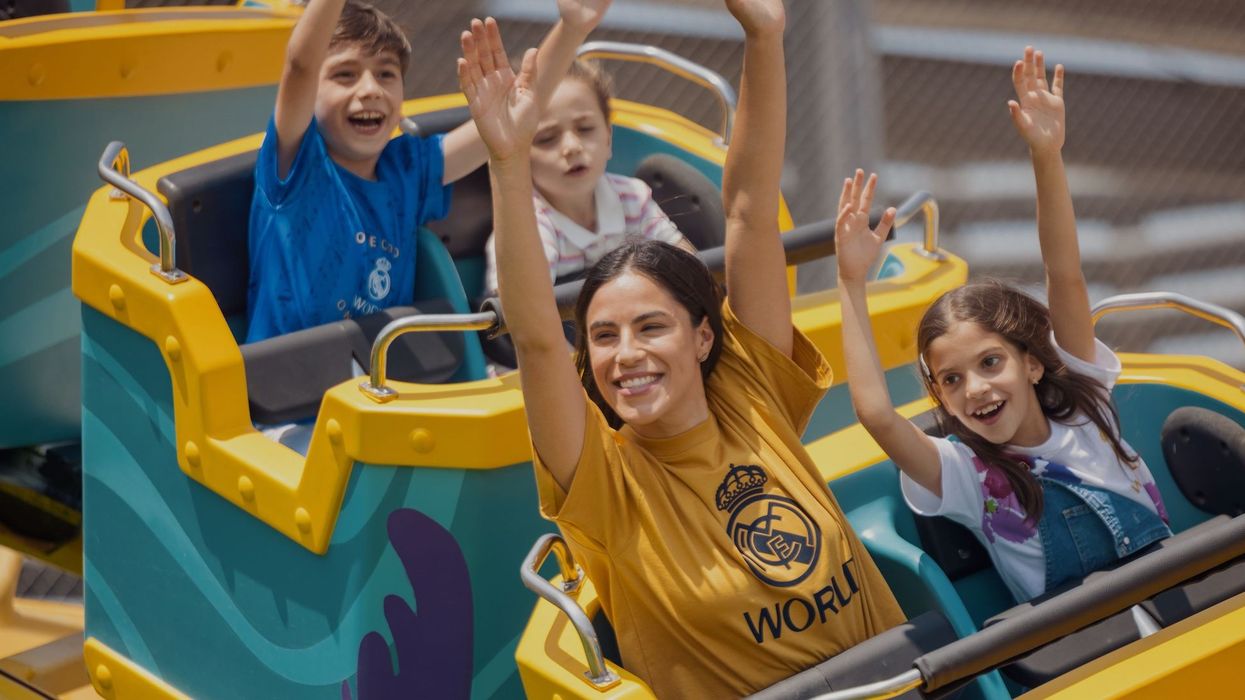
 Fernando Eiroa
Fernando Eiroa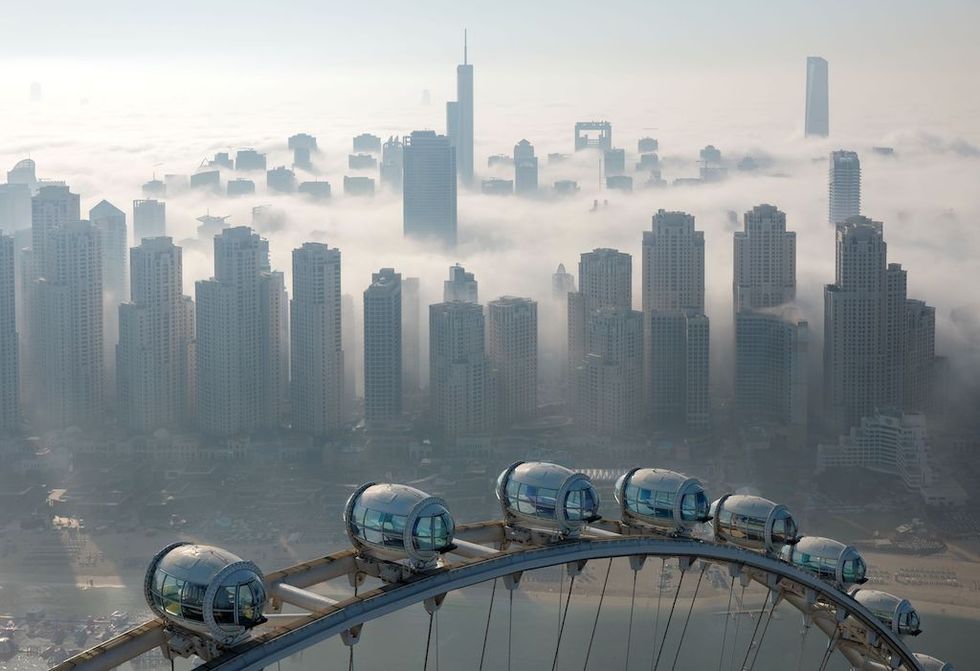
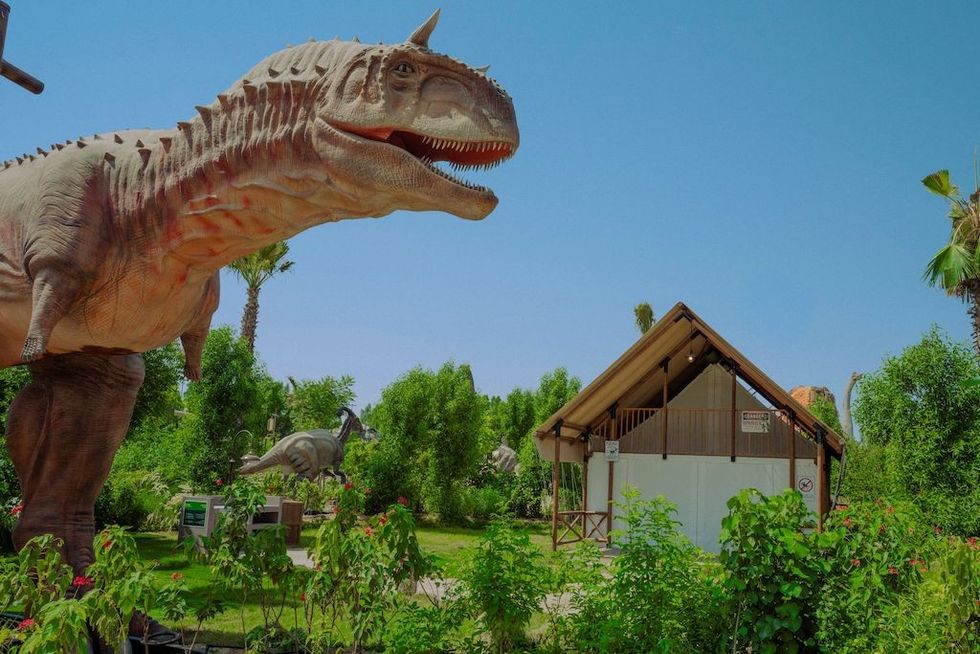
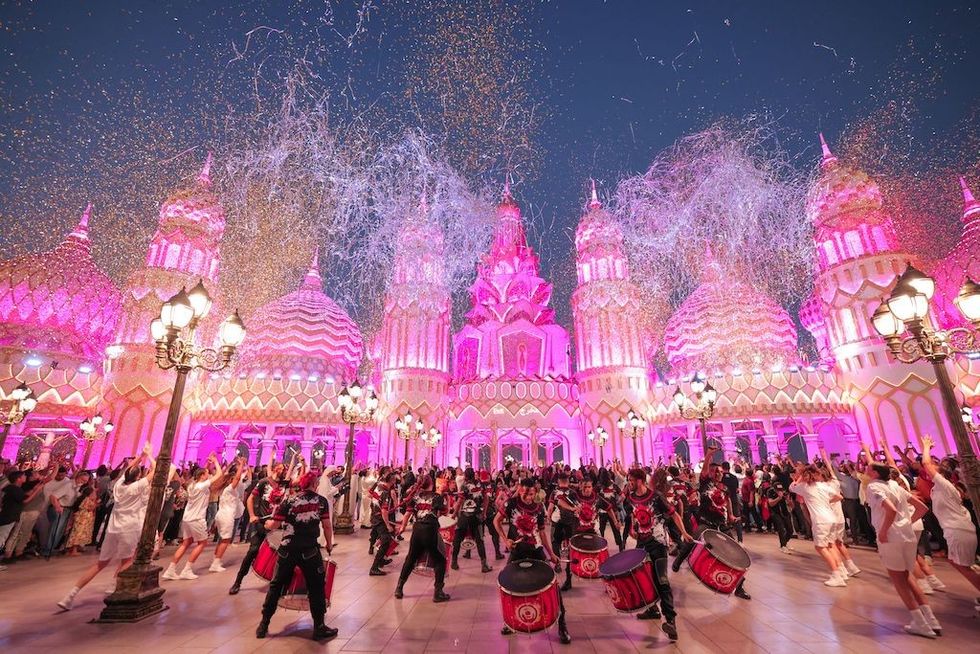
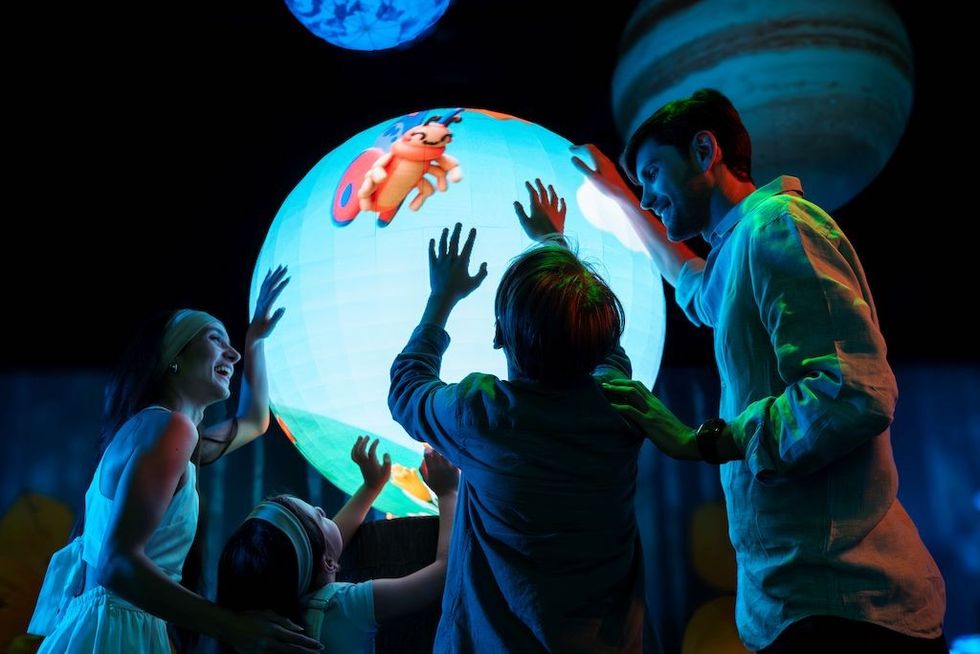



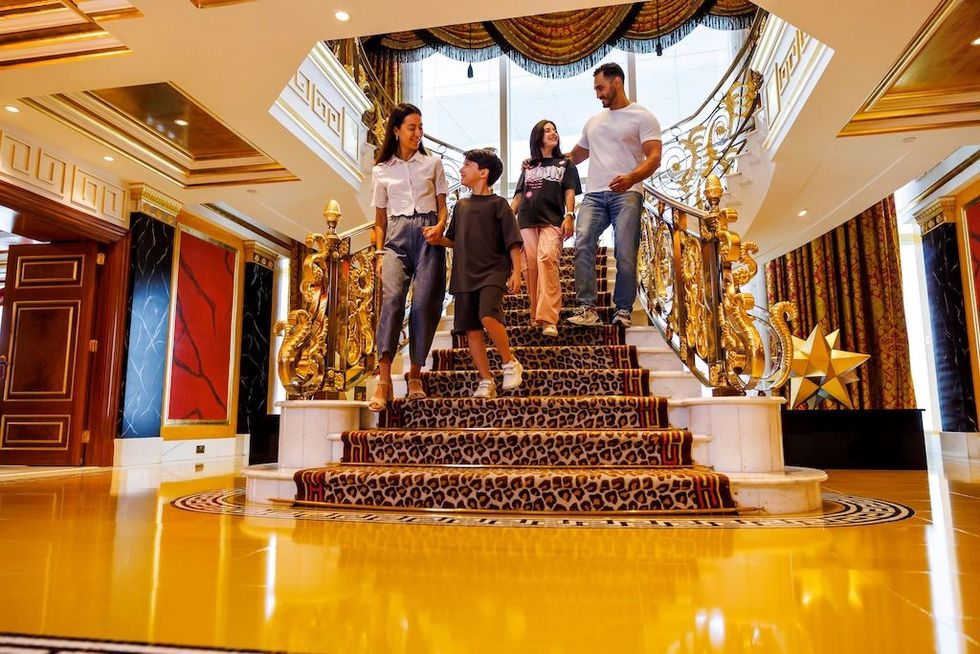

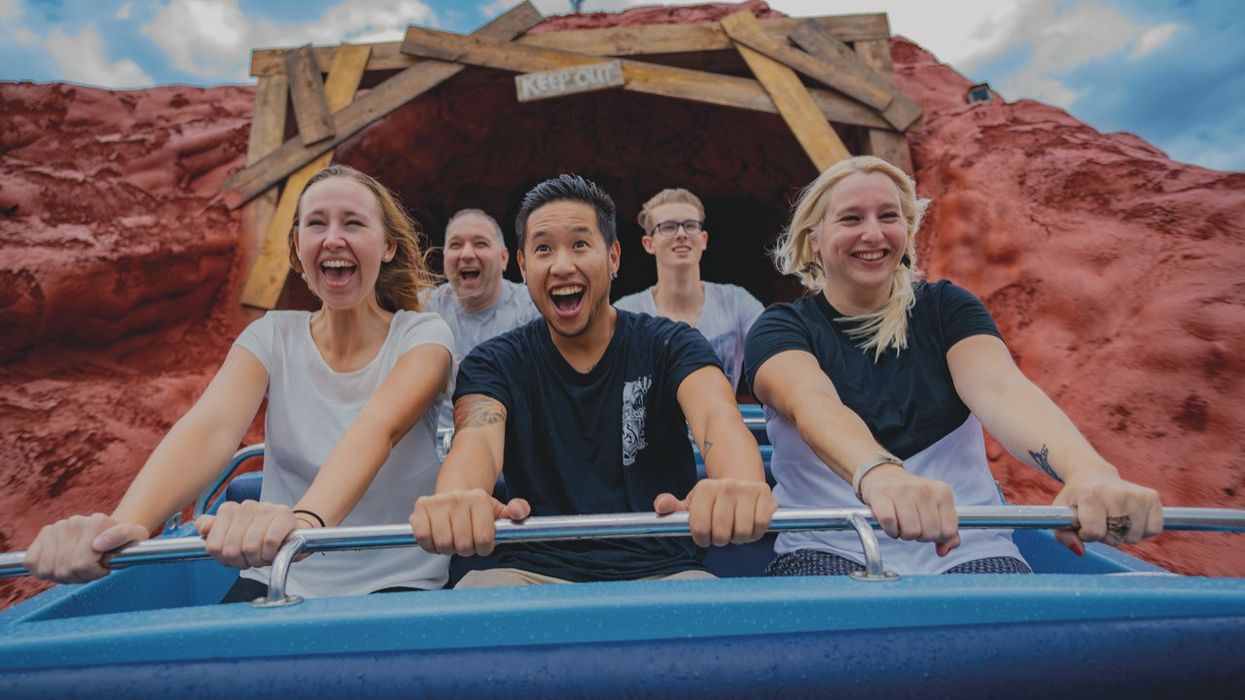

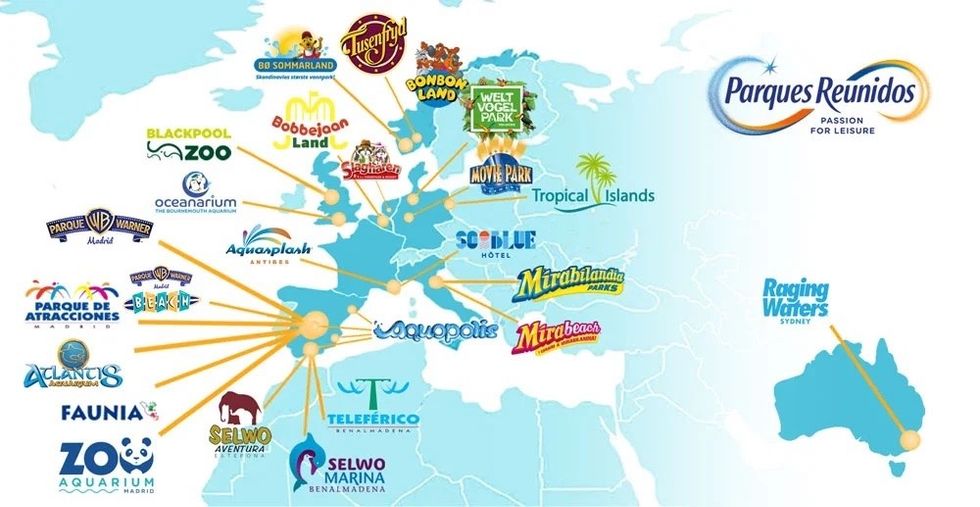
 Nickelodeon Land at Parque de Atracciones de Madrid
Nickelodeon Land at Parque de Atracciones de Madrid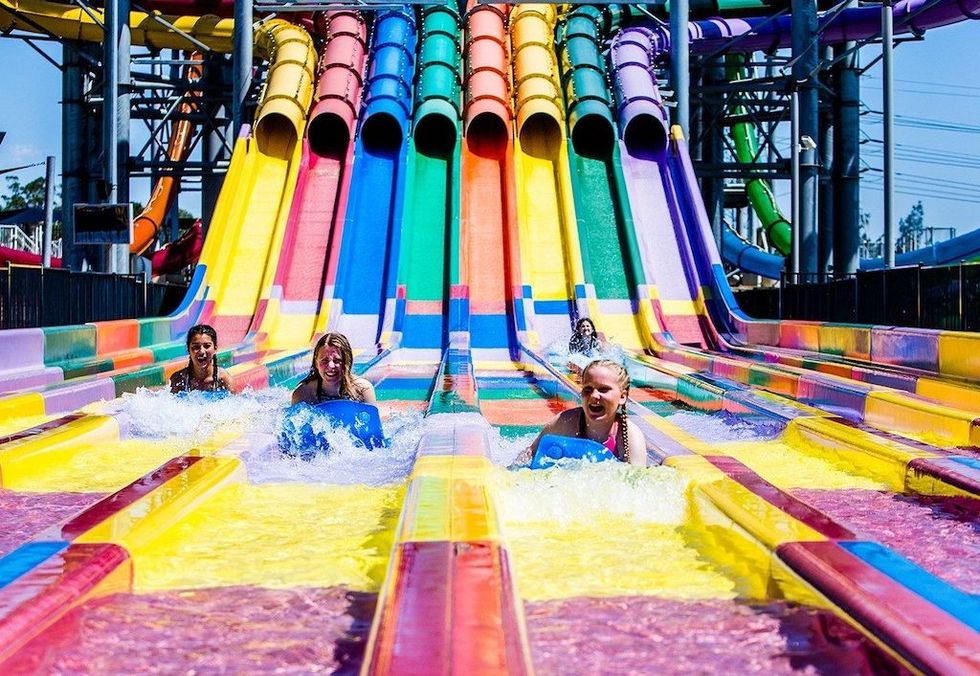 Raging Waters
Raging Waters 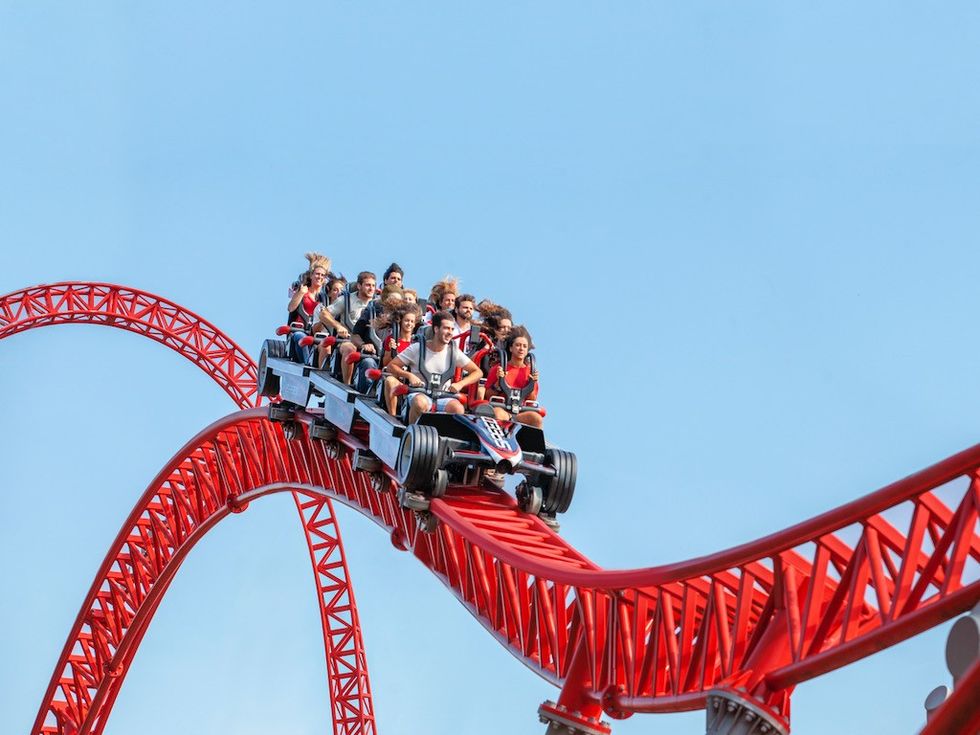 Mirabilandia's iSpeed coaster
Mirabilandia's iSpeed coaster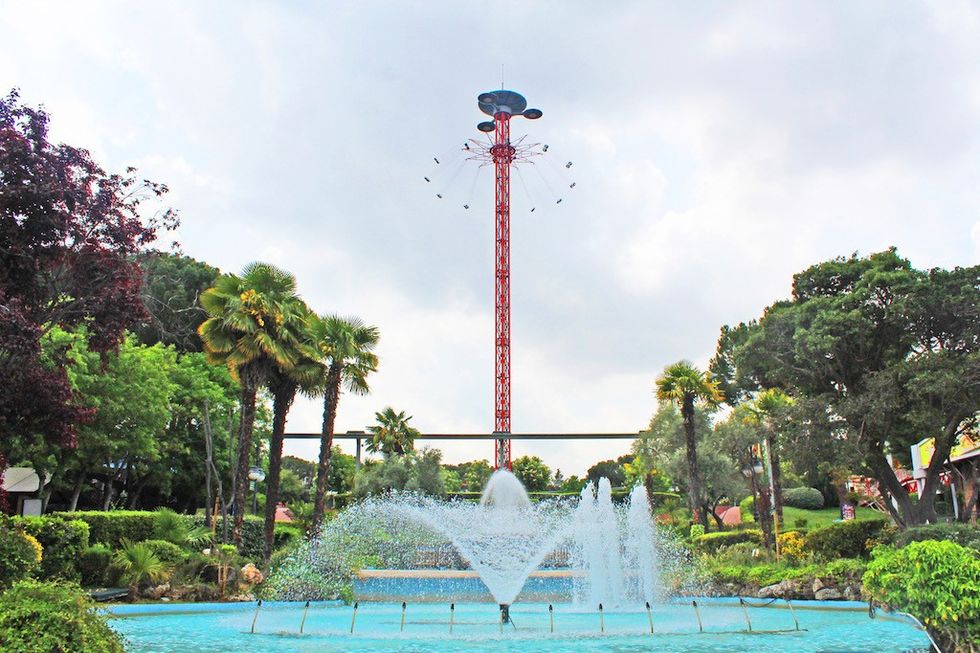 Parque de Atracciones de Madrid
Parque de Atracciones de Madrid Ferracci at the ribbon-cutting ceremony for Nickelodeon Land at Mirabilandia, with (left) Marie Marks, senior VP of global experiences for Paramount and (cutting the ribbon) Sabrina Mangina, GM at Mirabilandia
Ferracci at the ribbon-cutting ceremony for Nickelodeon Land at Mirabilandia, with (left) Marie Marks, senior VP of global experiences for Paramount and (cutting the ribbon) Sabrina Mangina, GM at Mirabilandia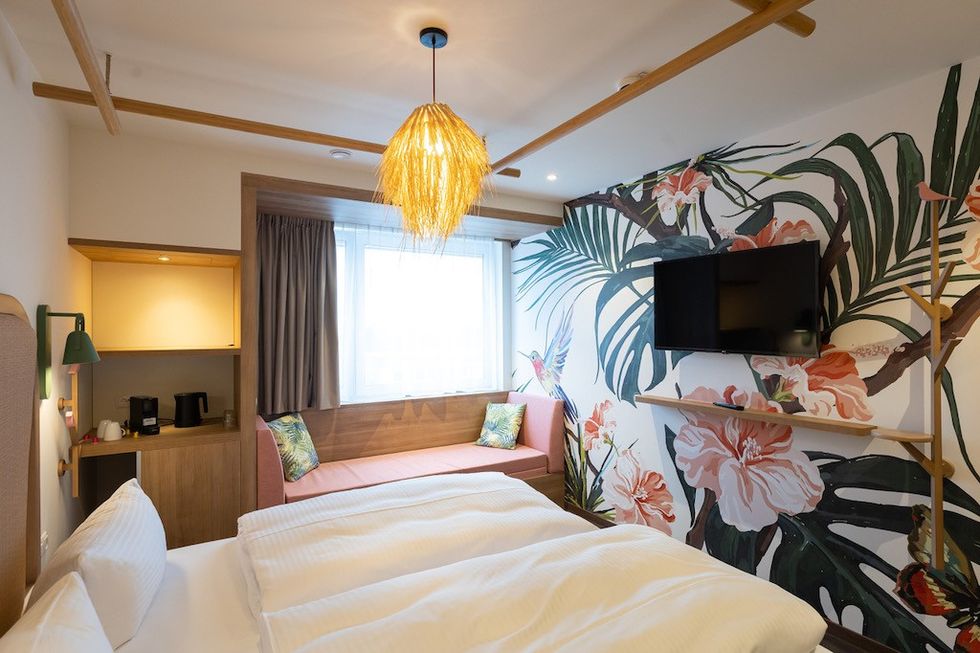 Tropical Islands OHANA hotel
Tropical Islands OHANA hotel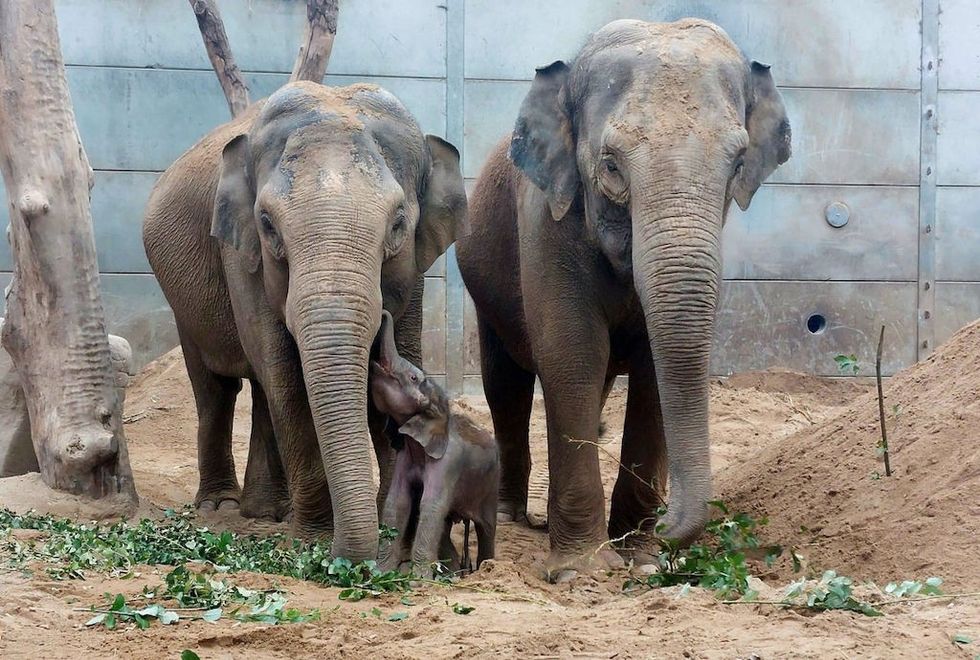 Elephants at Blackpool Zoo
Elephants at Blackpool Zoo 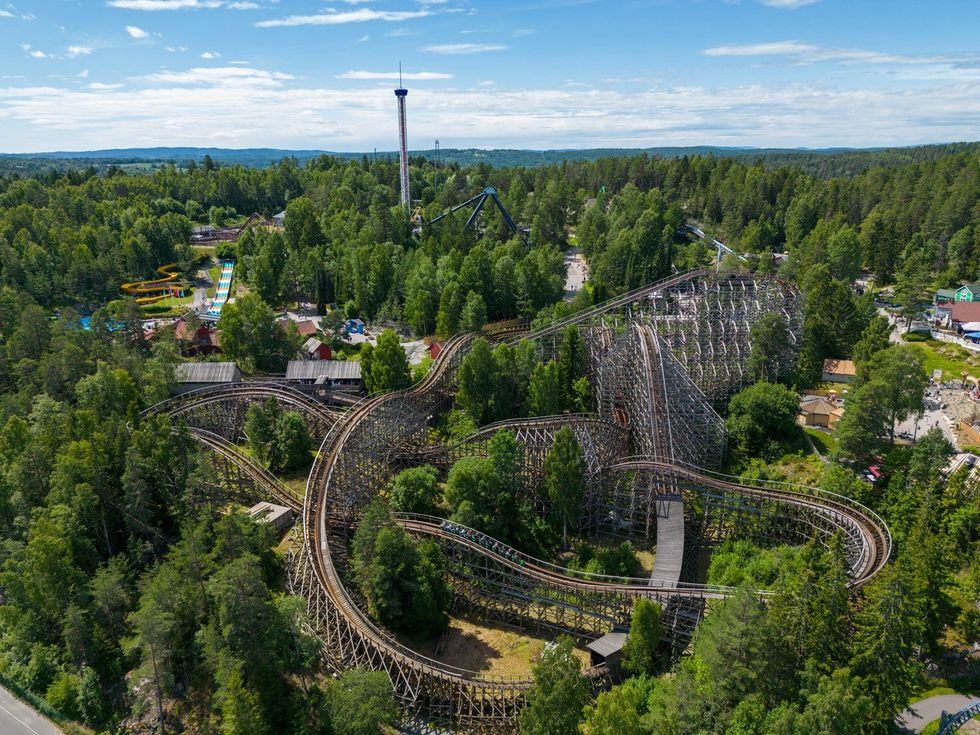 Tusenfryd
Tusenfryd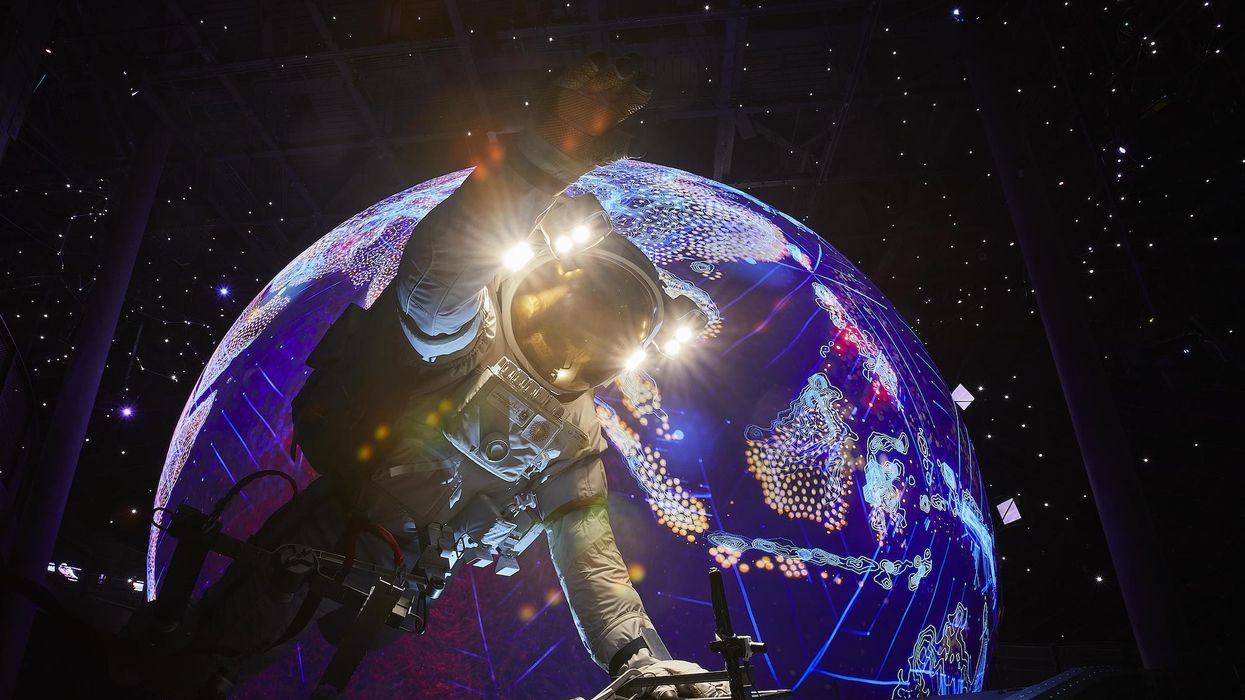
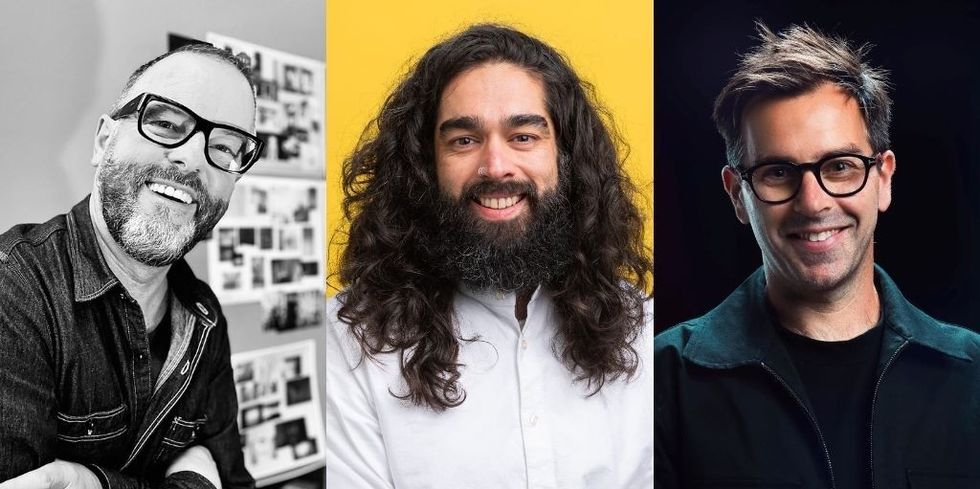 Andrew Thomas, Jason Aldous and Rik Athorne
Andrew Thomas, Jason Aldous and Rik Athorne
